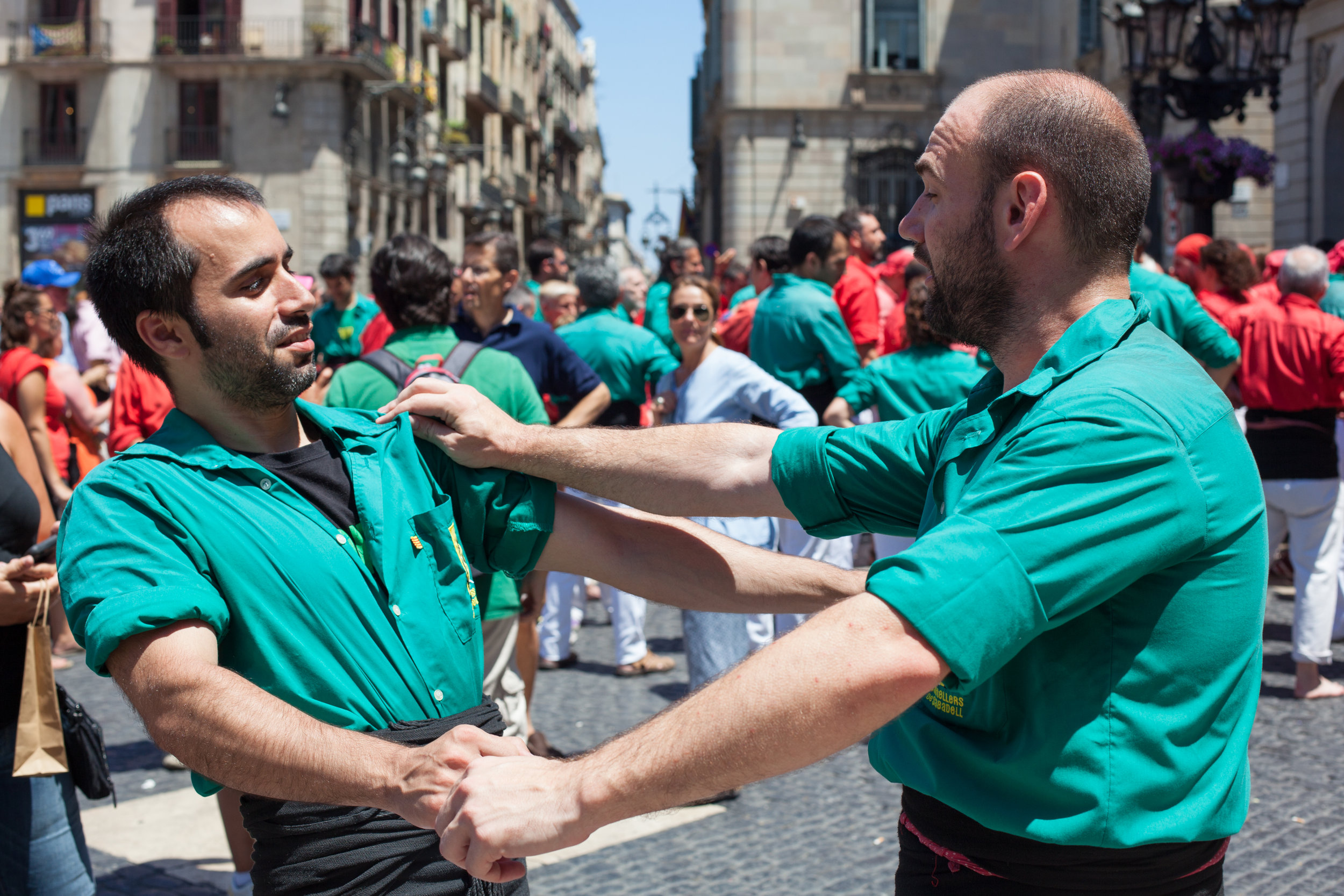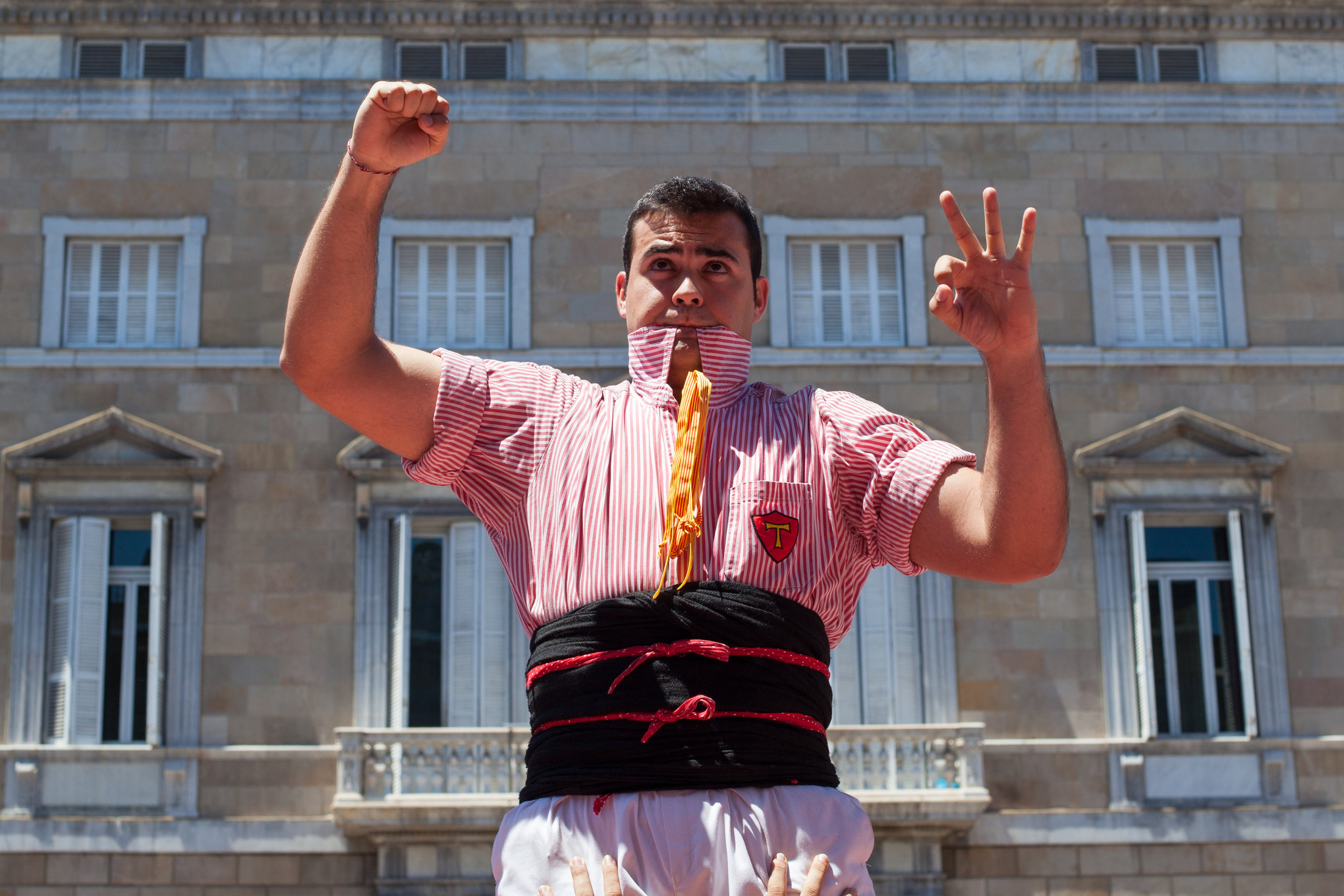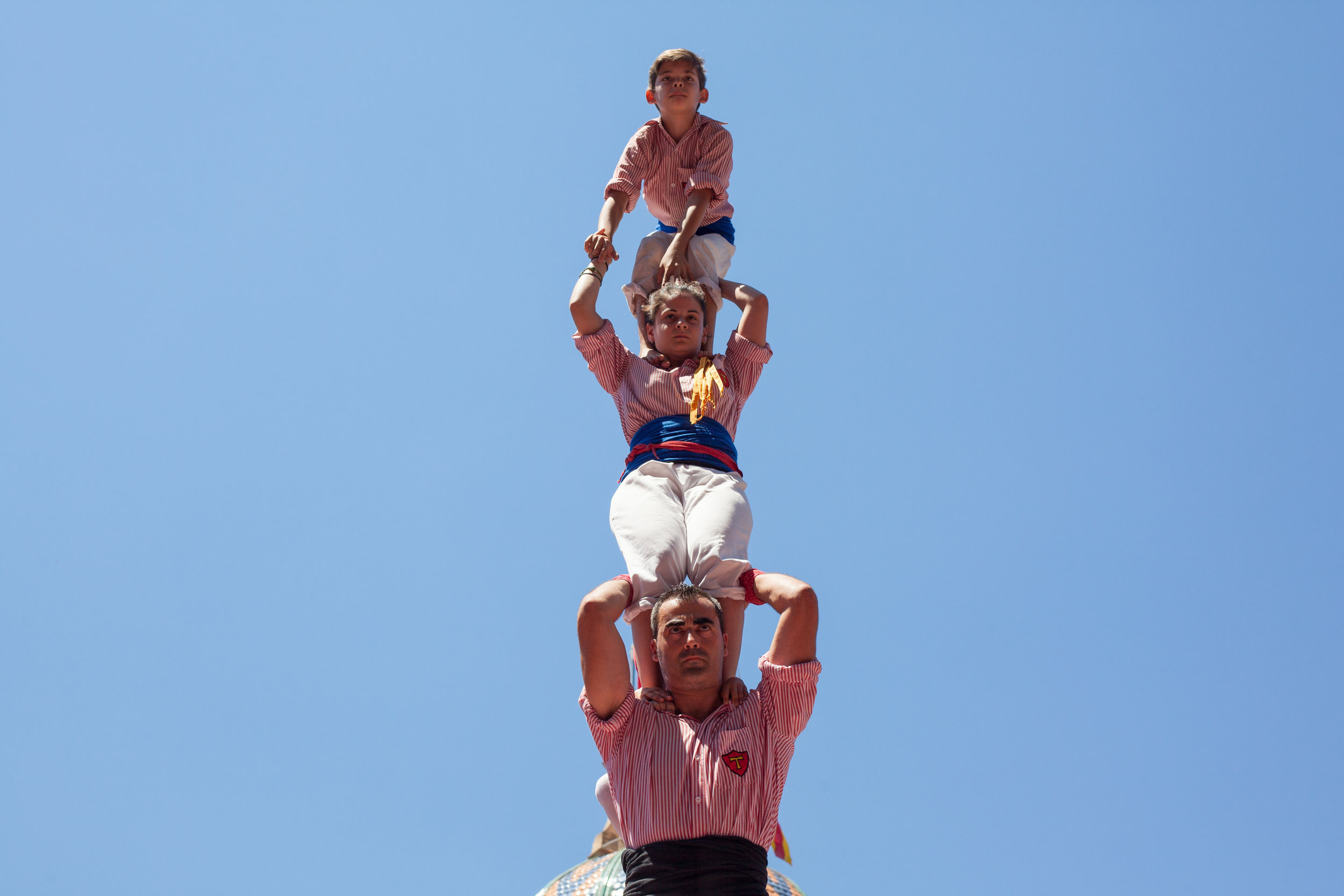I am a photographer from the United Kingdom who loves to travel. Last year I spent over six months travelling around India. I started in Bangalore before making my way down the west coast to the southern tip of India before making my way up the east coast to Calcutta. After some time in Bangladesh I returned to explore the north of India visiting Varanasi and the state of Rajasthan as well as the Capital of New Delhi. There weren't many days during the trip that I didn't head out with my camera to document my experiences. As well as capturing the iconic sights such as the Taj Mahal, and beautiful nature images on the coastline of Kerala and in the immense Thar Desert, some of my favourite photographs from the trip were ones I took on the streets, capturing everyday life in India. This blog includes some of the many street photographs I took whilst travelling through India.
What is Street Photography?
Street photography is a genre that has become very popular in recent times with the popularity of Instagram, and the ability to take good quality photos on a mobile phone. There is some debate as to what actually defines street photography and what it should and should not include. My understanding of street photography is the documentation of people living their everyday lives in a public space. Street photography nearly always contains people and is taken in a candid, unstaged way, normally without the knowledge or consent of the people captured. I don't personally believe that street photography has to necessarily be taken in a street or even an urban environment as not everyone in the World lives in a City. Street photography involves the observation of humanity, and when done well becomes an art form in itself. A well taken street photo will evoke some kind of emotion in the viewer, over and above that of a standard snapshot. The resulting image provides a single moment in time that tells a particular story, often in an amusing or ironic way. Some documentary and street photographers insist on their photos being black & white but I personally feel this to be a shame particularly if the image was taken in a colourful setting as is often the case in India. Aside from the possible conversion to black and white it is generally agreed that street photographs should not be overly edited and should be presented in a natural and realistic way. I am a member of a Facebook group called 'Urban Street Photography' which has some fantastic examples of the different styles of street photography taken around the World. It is a perfect place to look at the work of great street photographers with differing styles for some urban inspiration!
Examples of my Street Photography taken in India
India is a brilliant place for every type of photography, street photography included. The Cities and towns are full of colour and are bustling with life throughout the day. What can seem hectic and overbearing to many people can be a street photographers dream. As a street photographer you often just have to be patient, and something interesting will eventually happen. In addition, Indian people are very friendly, who in the majority of cases do not mind having their photo taken. It is also a safe place to travel around with a camera so long as you take the obvious precautions. My normal plan when travelling is to meet up with local people, often photographers from Flickr or Instagram to go and take photos with. This provides me with some valuable local knowledge as well as making the experience more enjoyable resulting in some better travel and street photographs for my portfolio. Click on the photo below to view a slideshow of ten street photos I captured on my journey around India.
I highly recommend India for a photographic and travel experience, you will not be disappointed, it really is a unique part of the World. I have written several photographic travel blogs about my time in India including: Travel photography in Varanasi, Sunset silhouette photography in Fort Kochi, and one on the birds at Marina beach at sunrise in Chennai. I have always enjoyed taking street photographs on my travels, here is a blog I wrote combining two of my interests: street photography and street art. More of my street photographs from India and around can be found on my website, my Instagram, my Facebook and my Flickr account. I have a large selection of my travel photographs from India available to licence via Getty Images. If you are interested in purchasing a print direct, writing a guest blog or collaborating in another way please send an email to: geraintrowlandphotography@gmail.com.
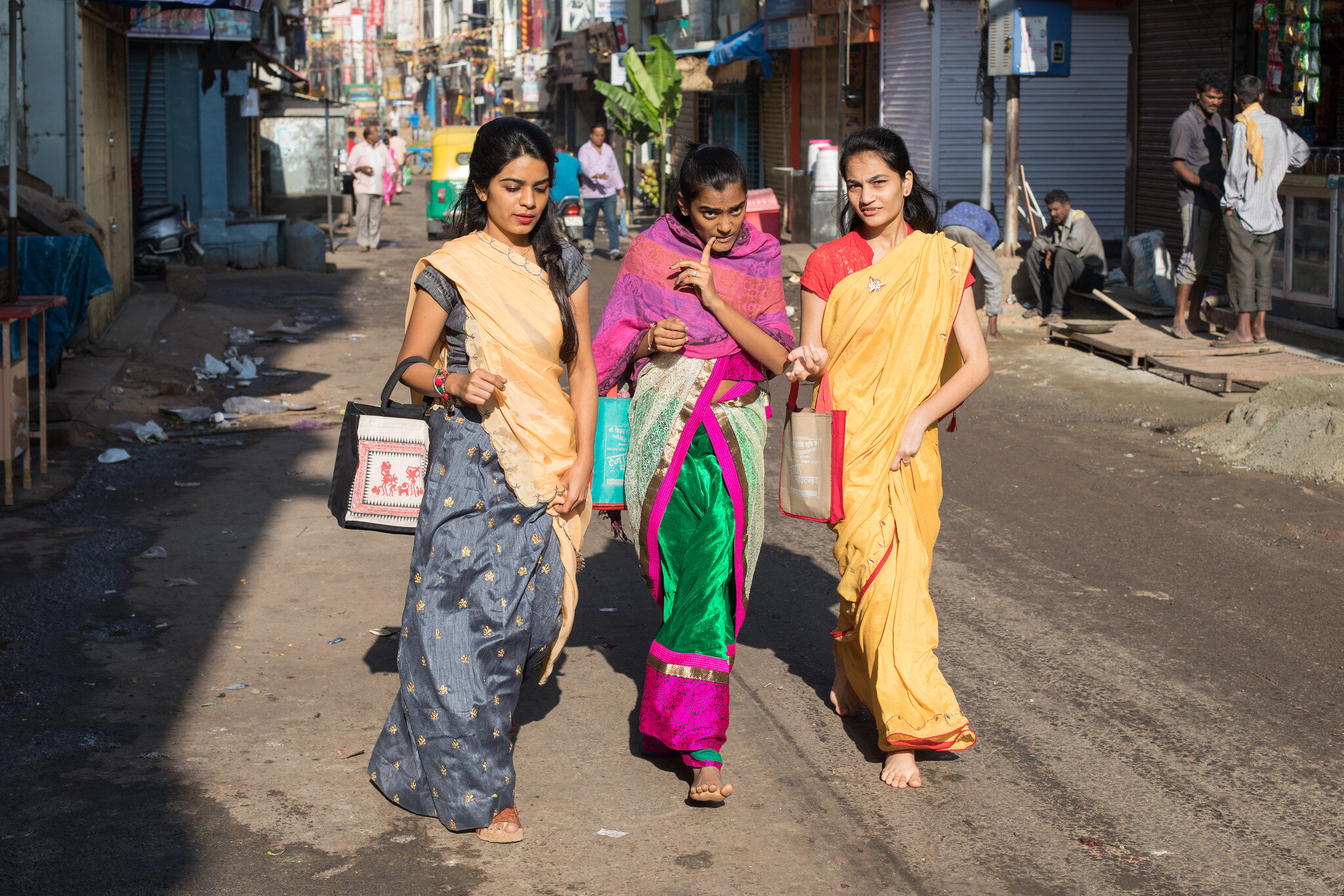
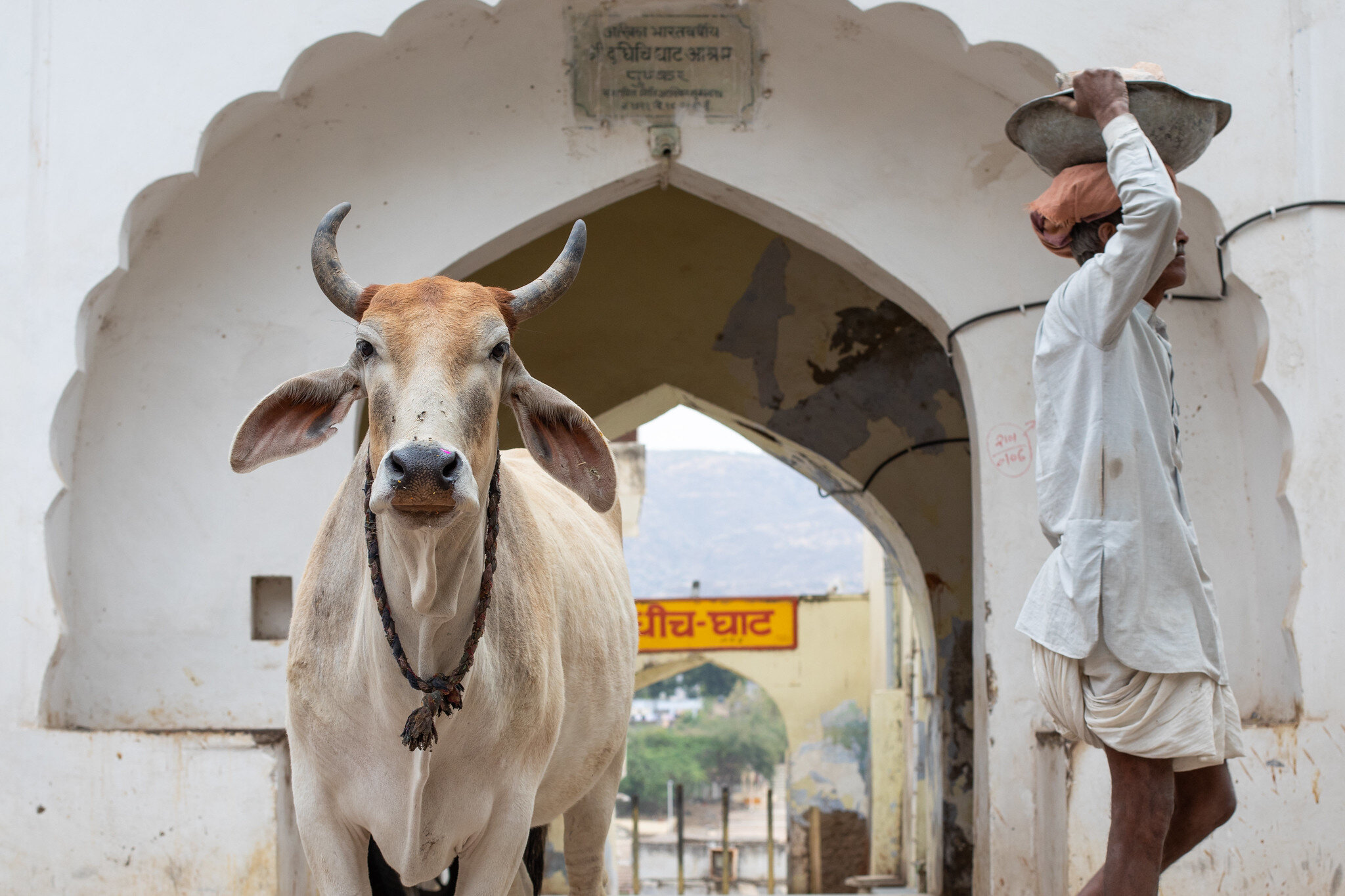

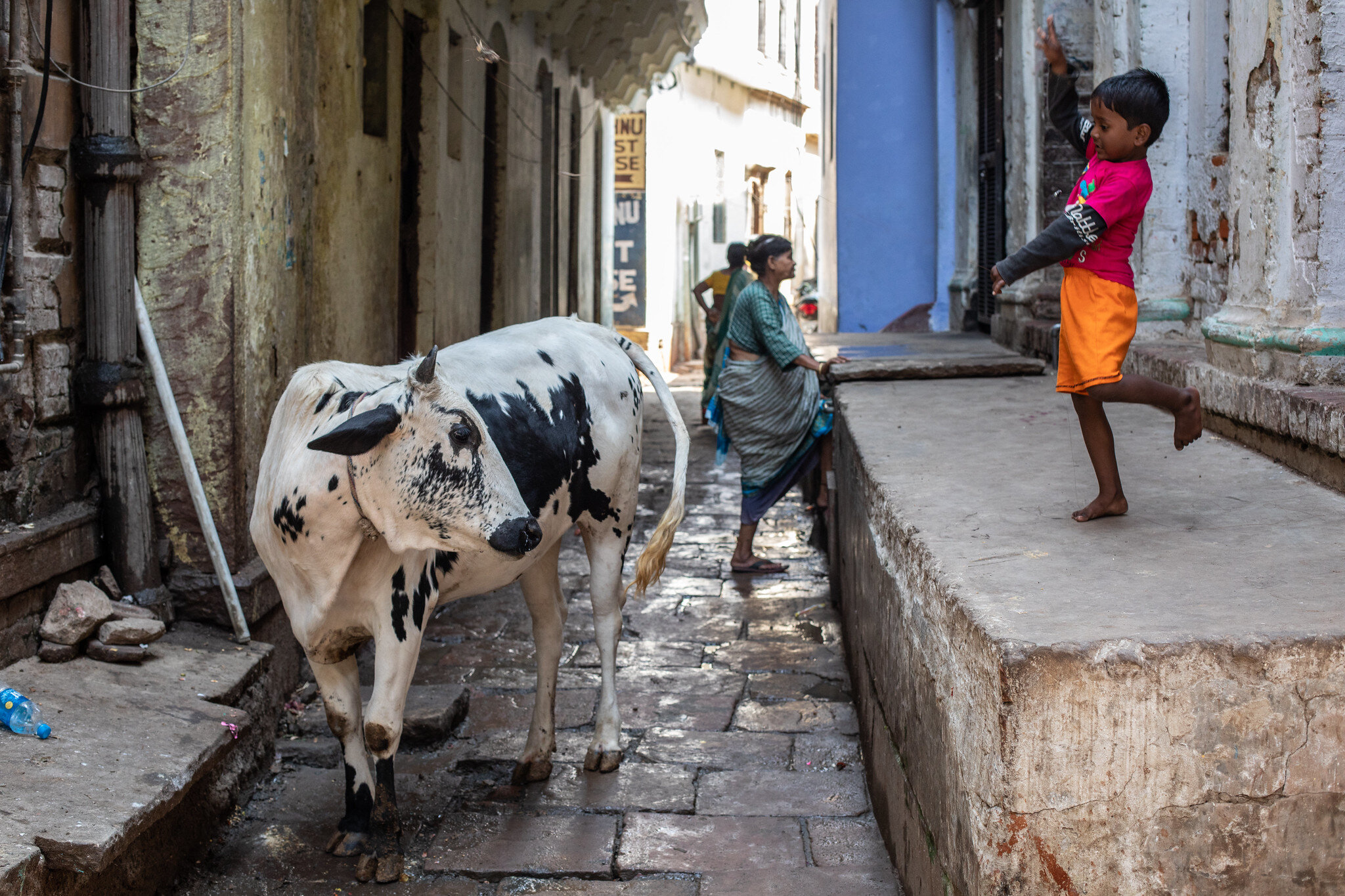

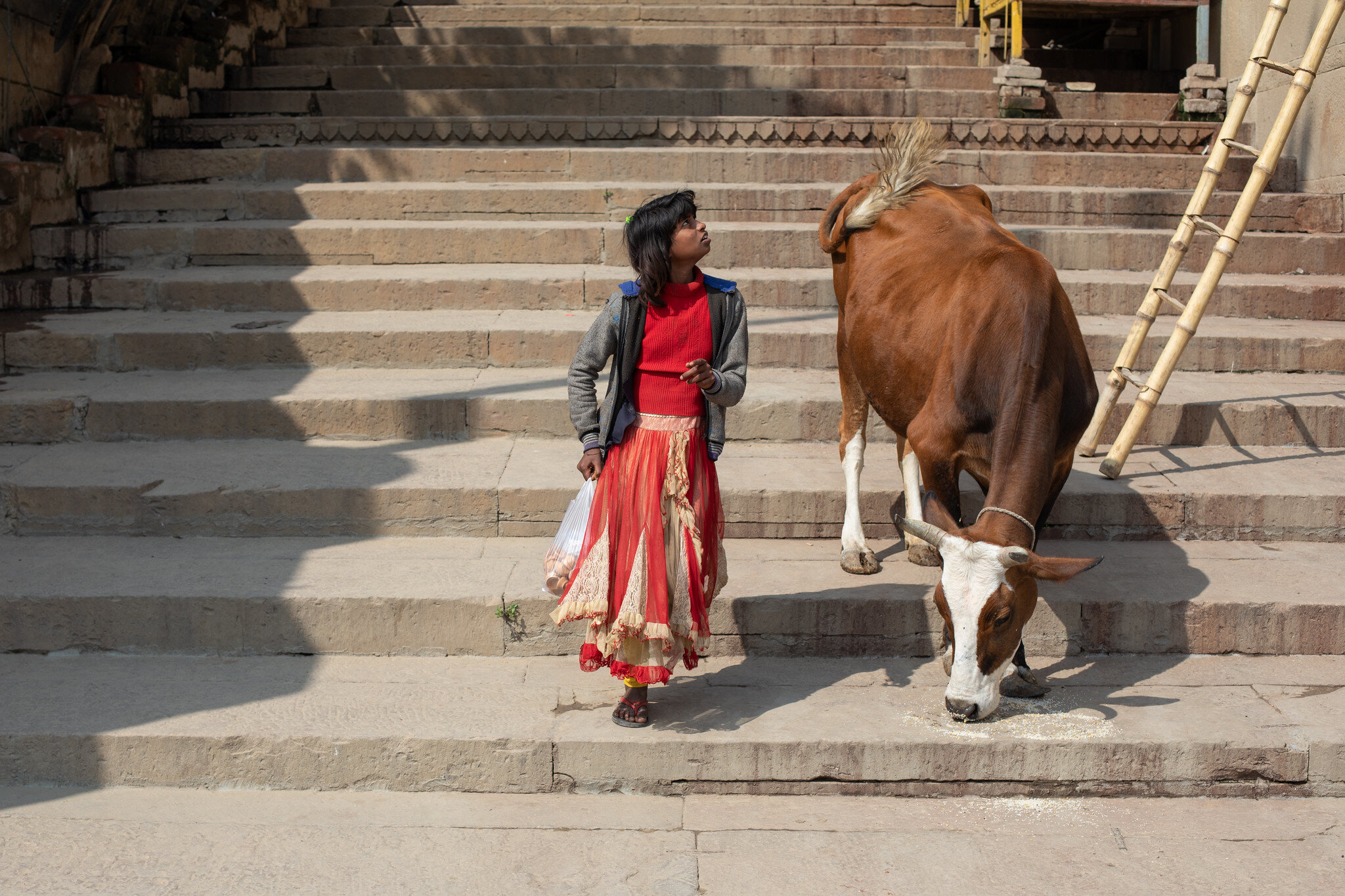
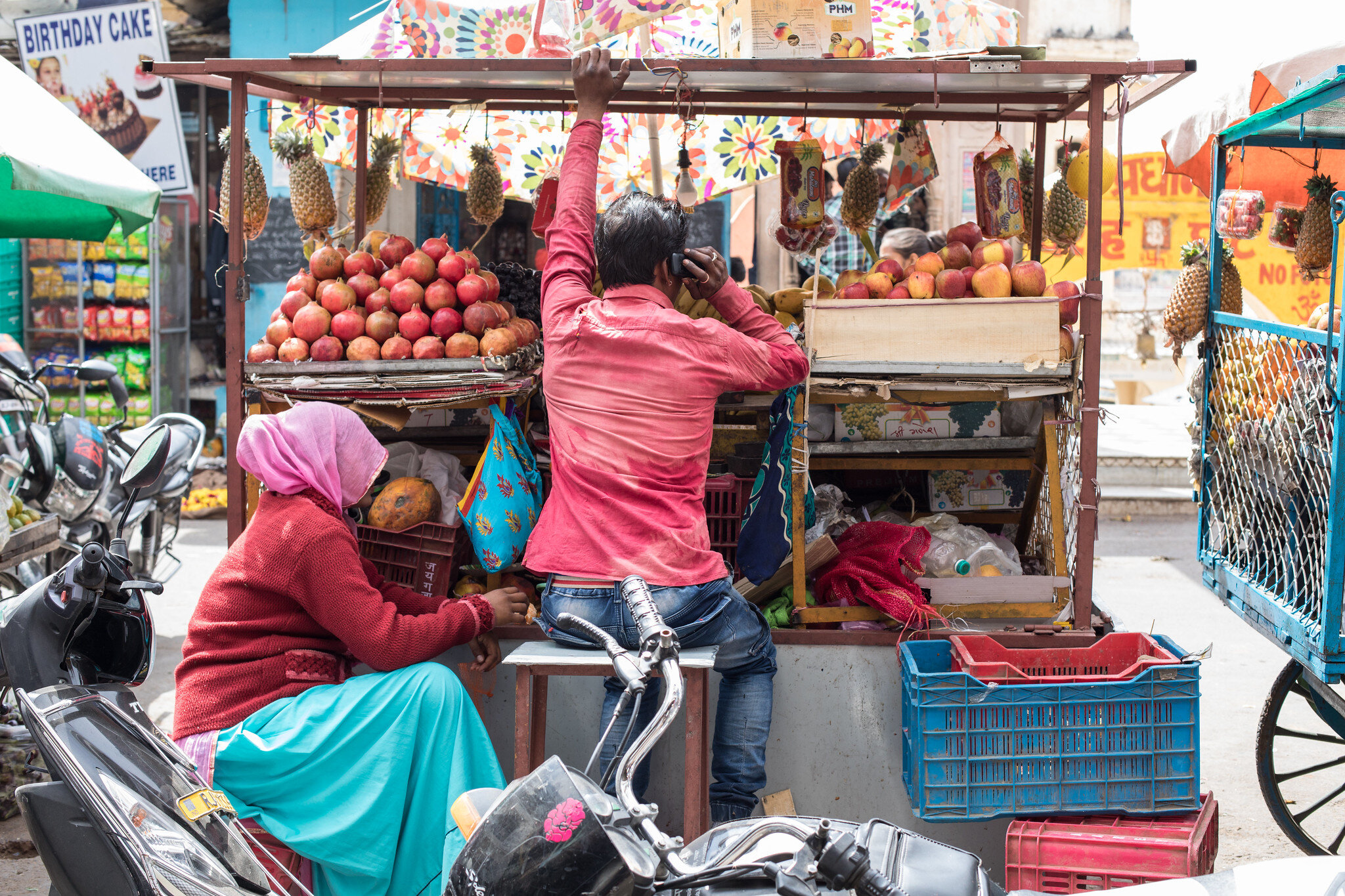
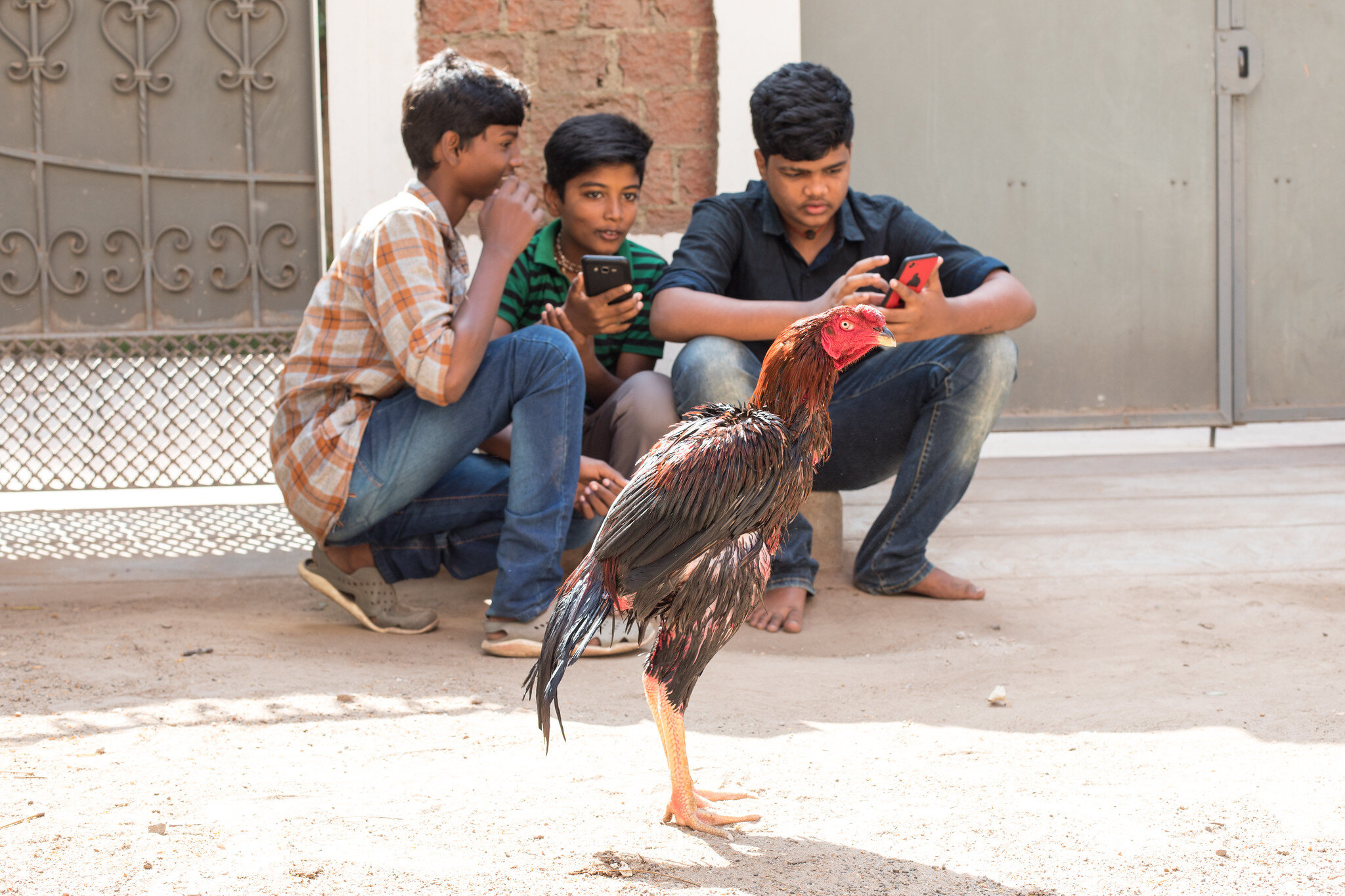
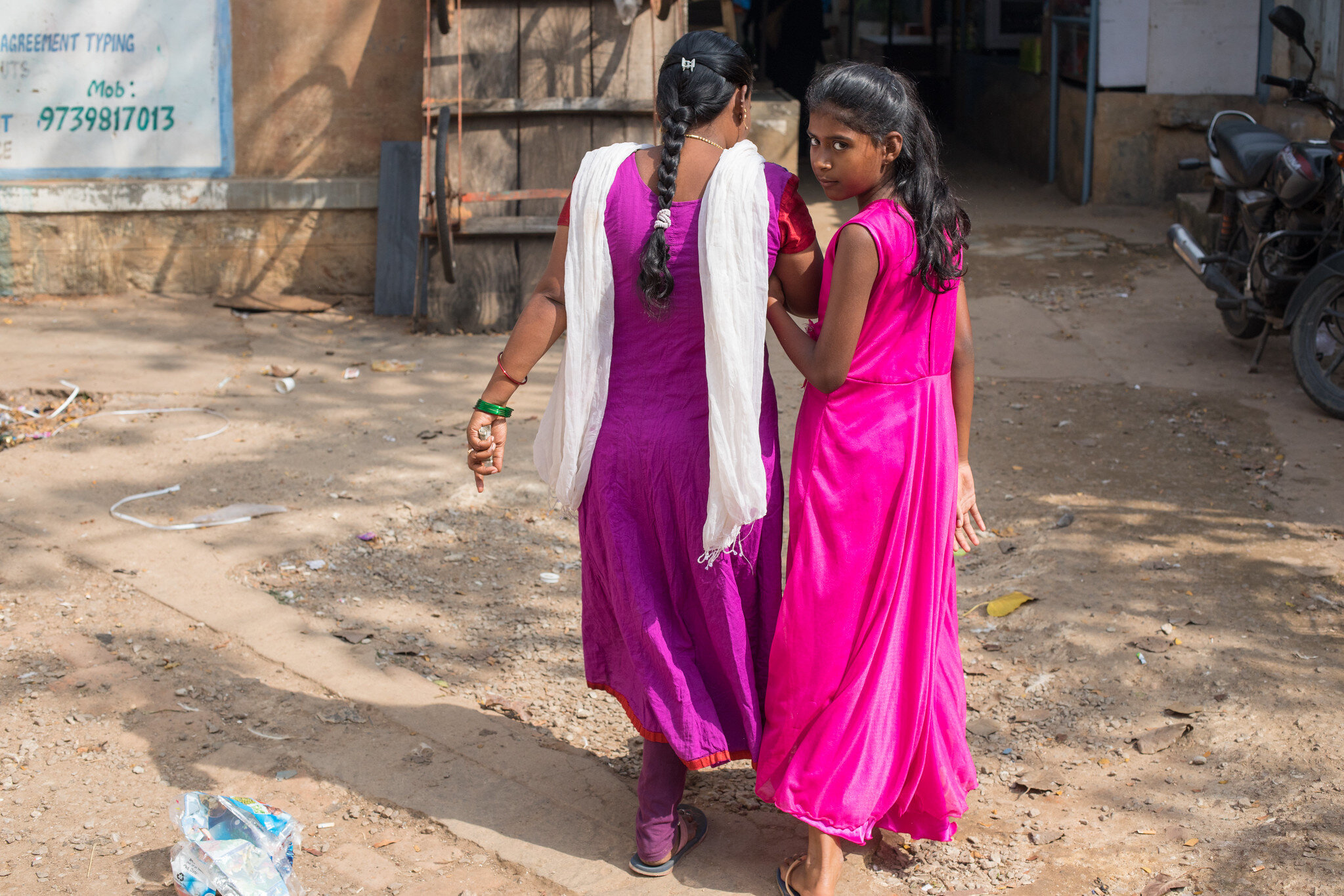

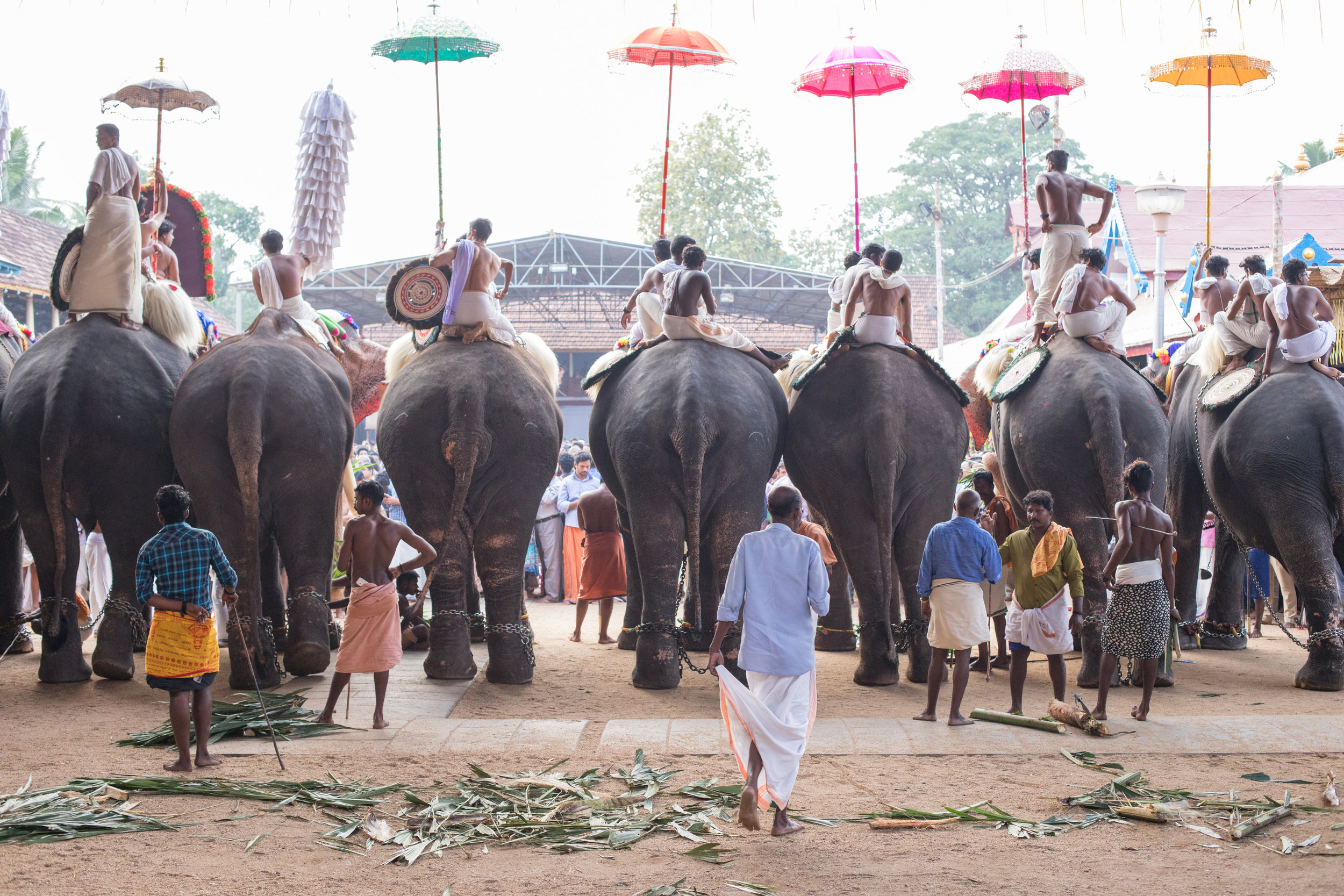
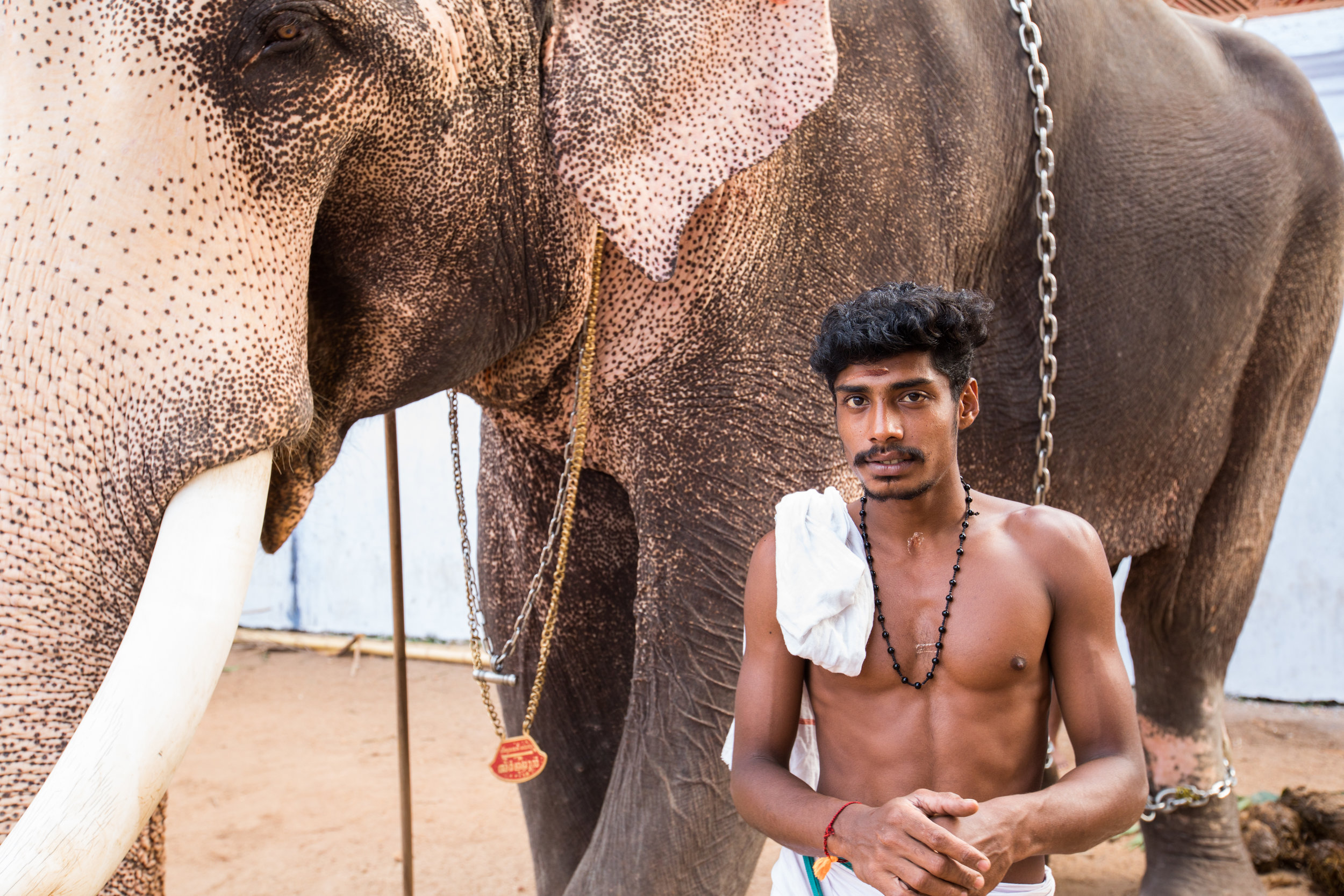
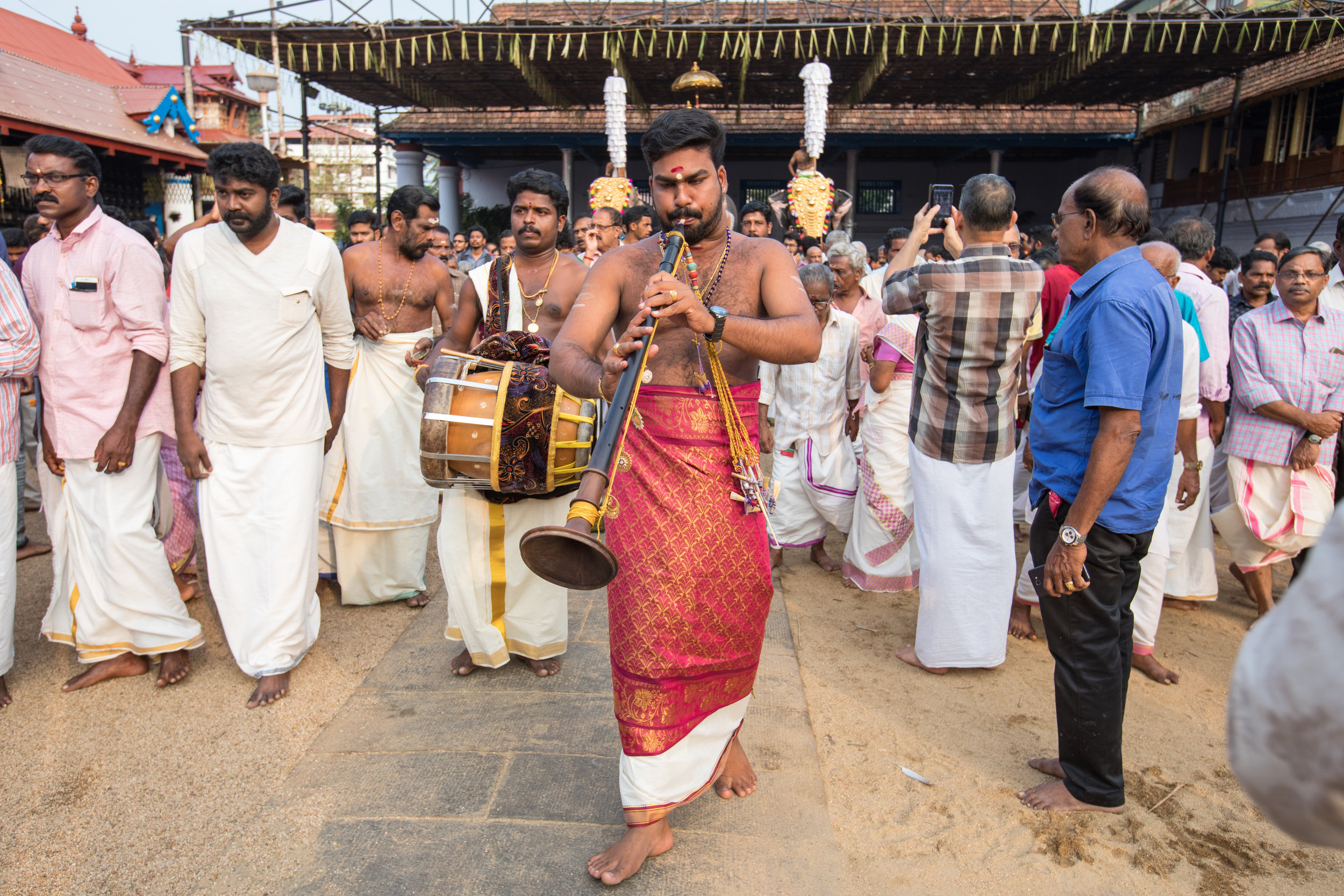
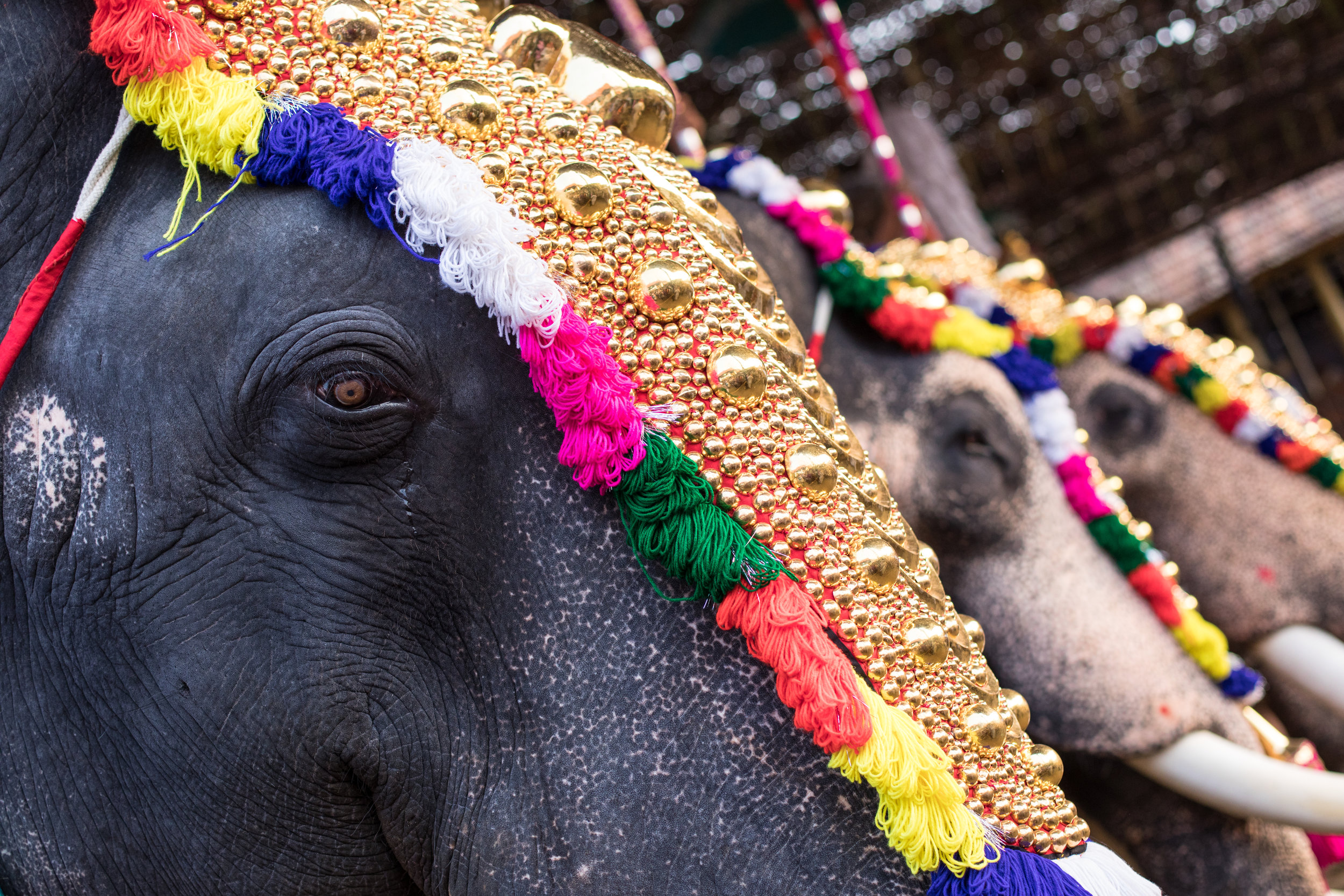
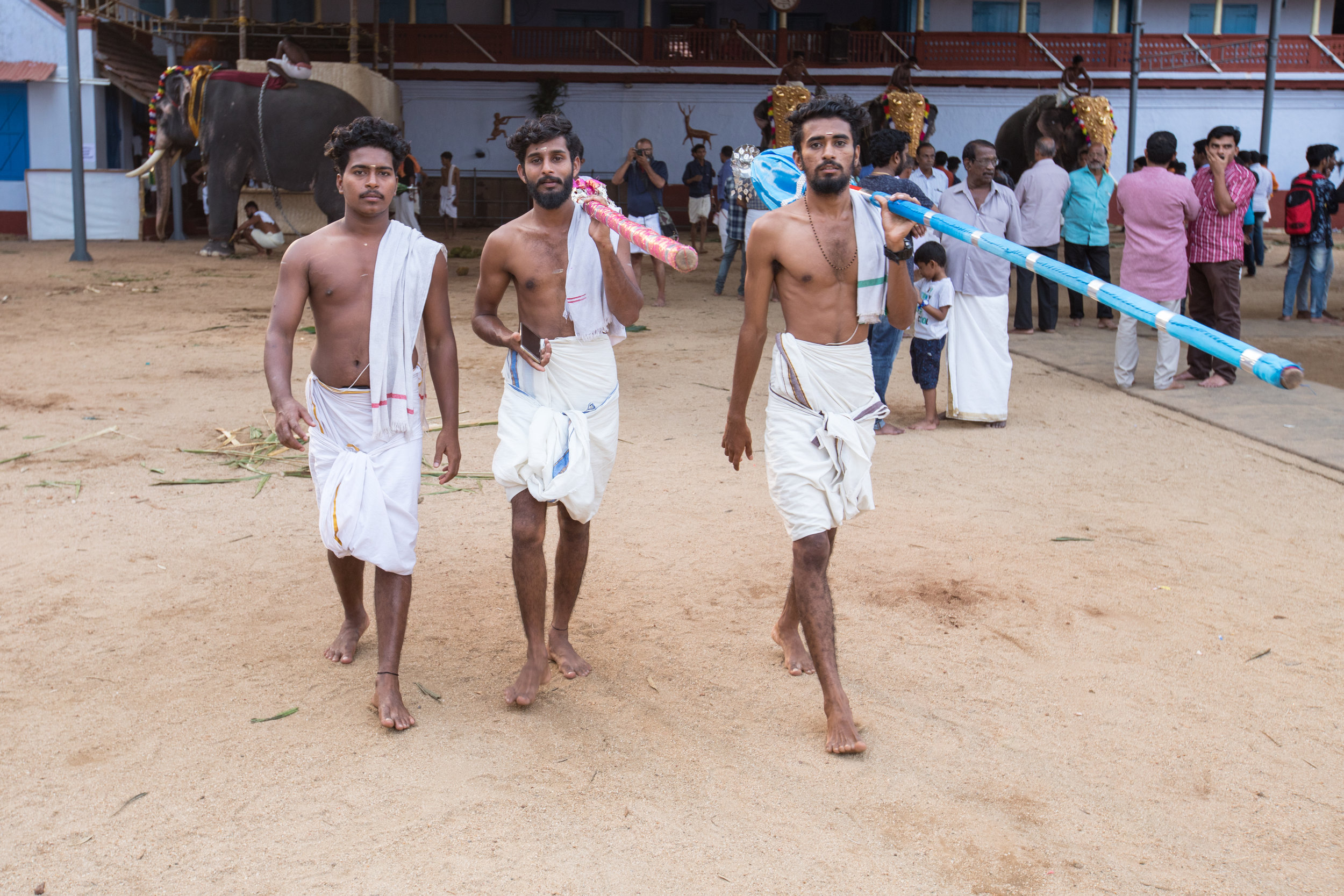
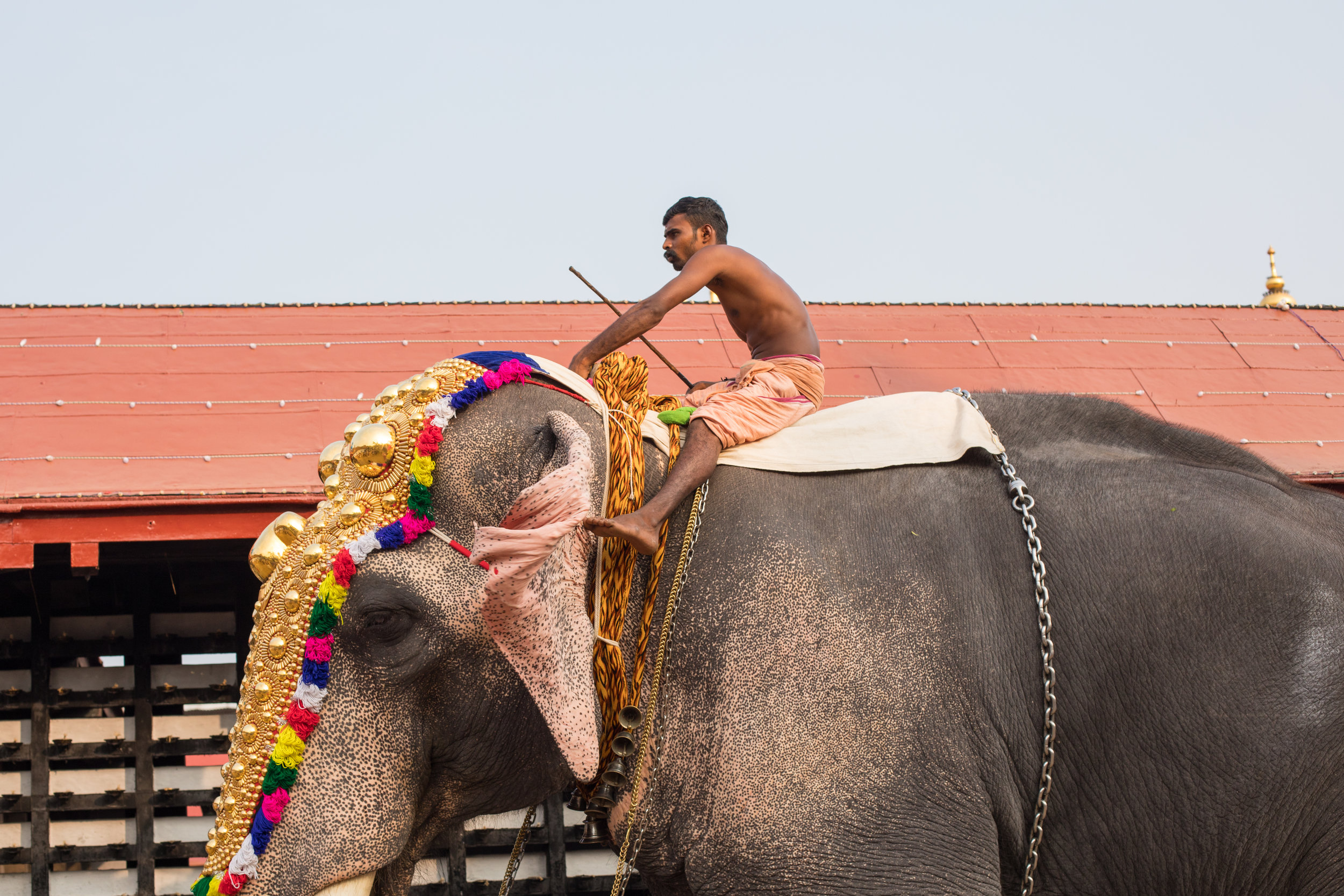
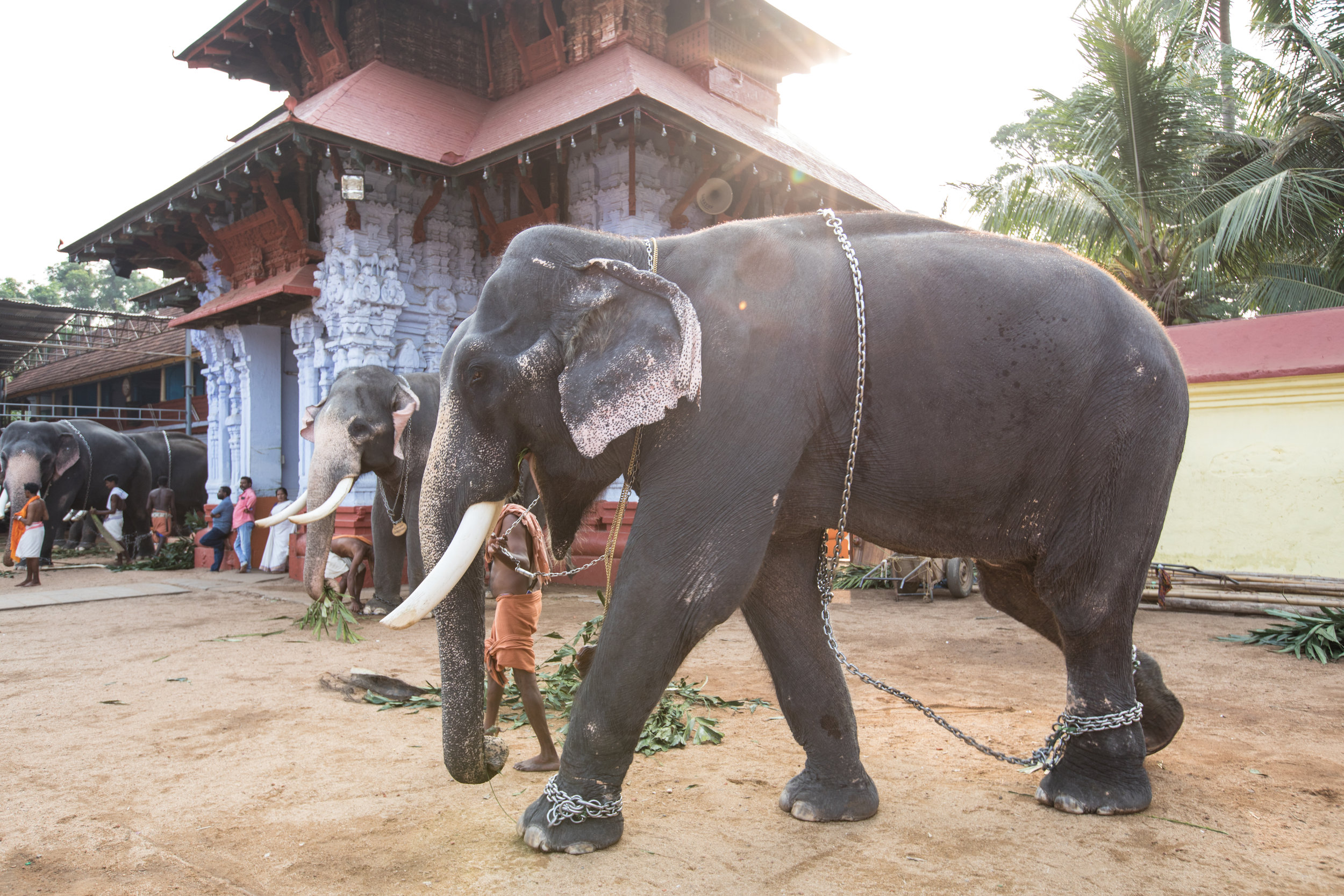
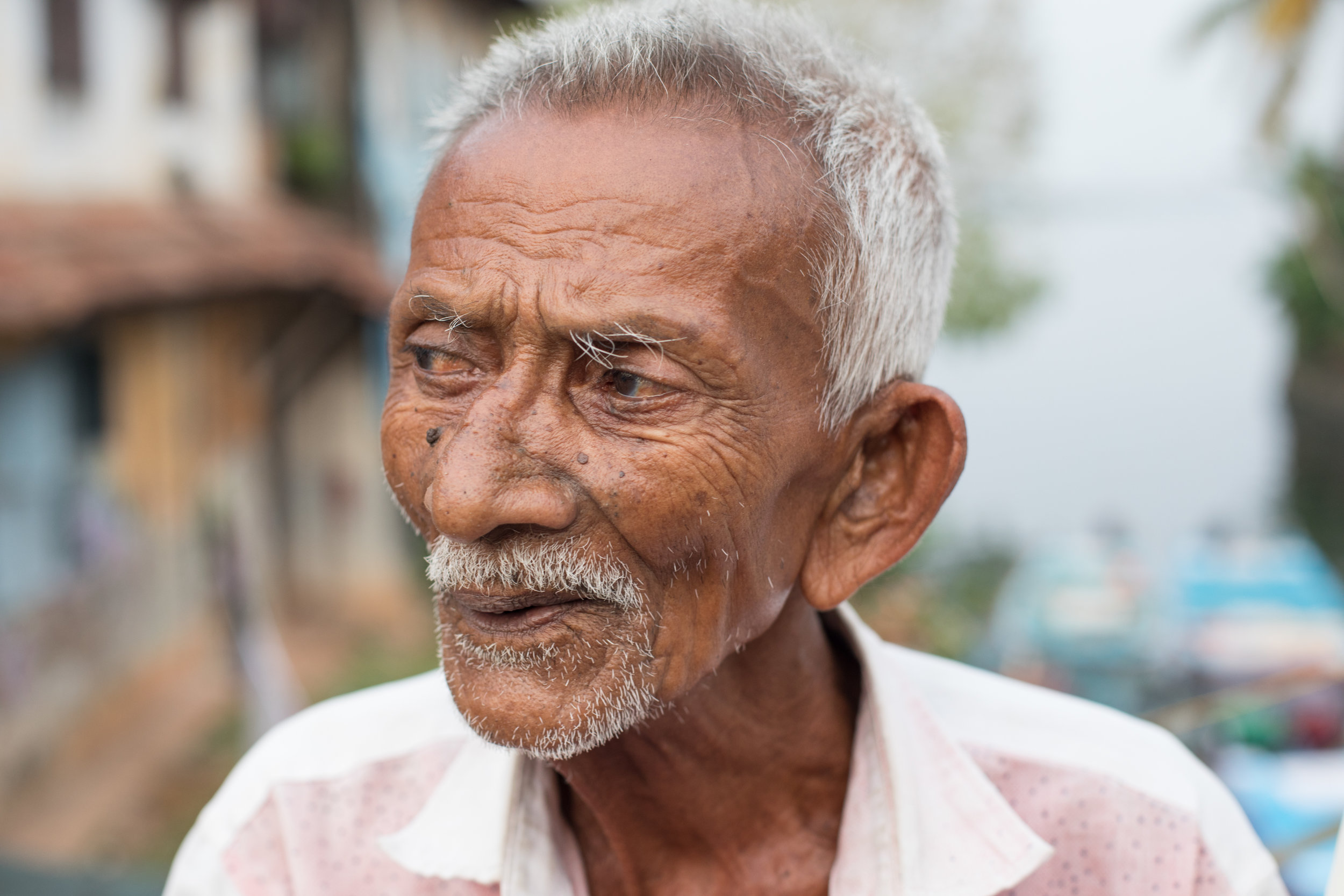

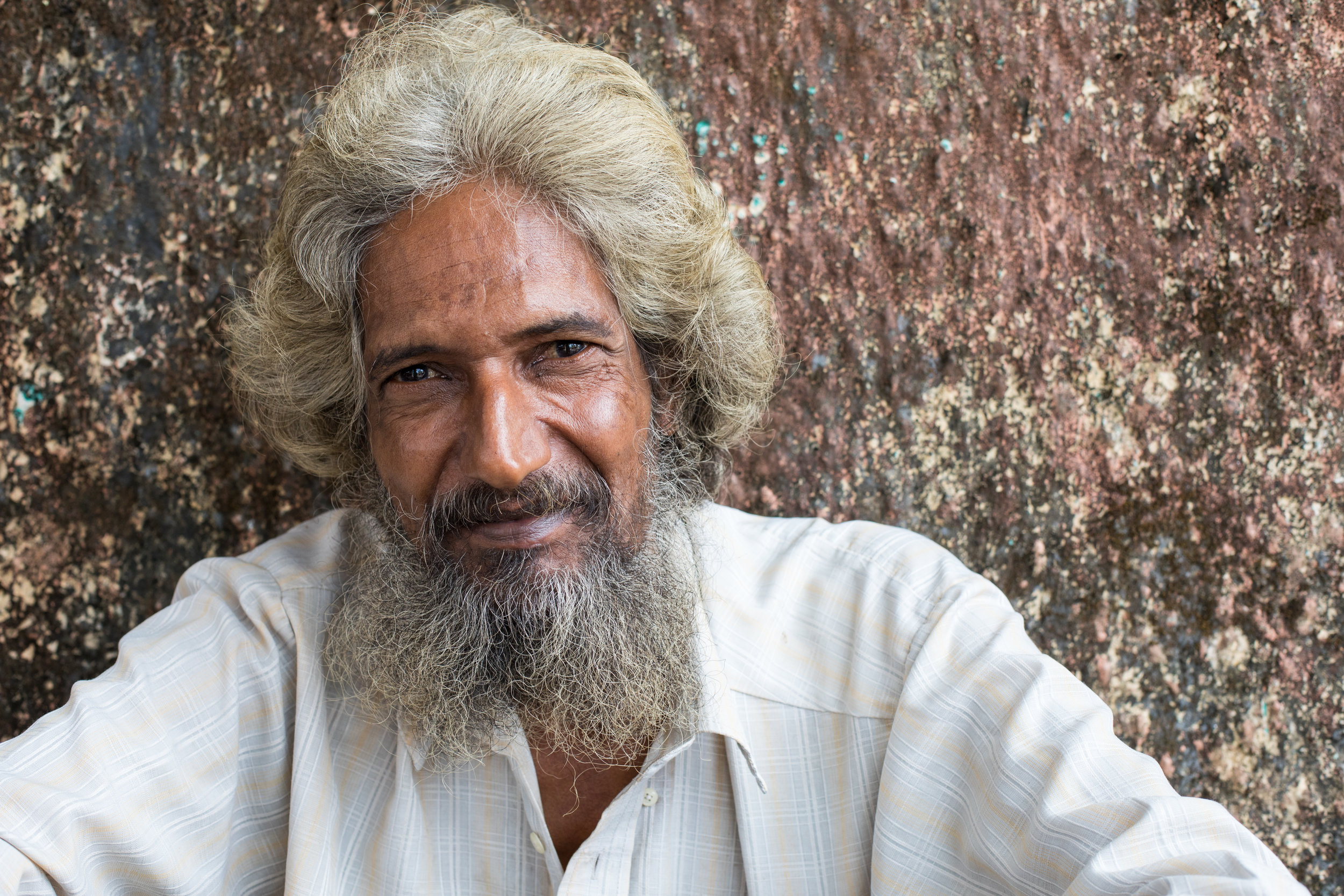

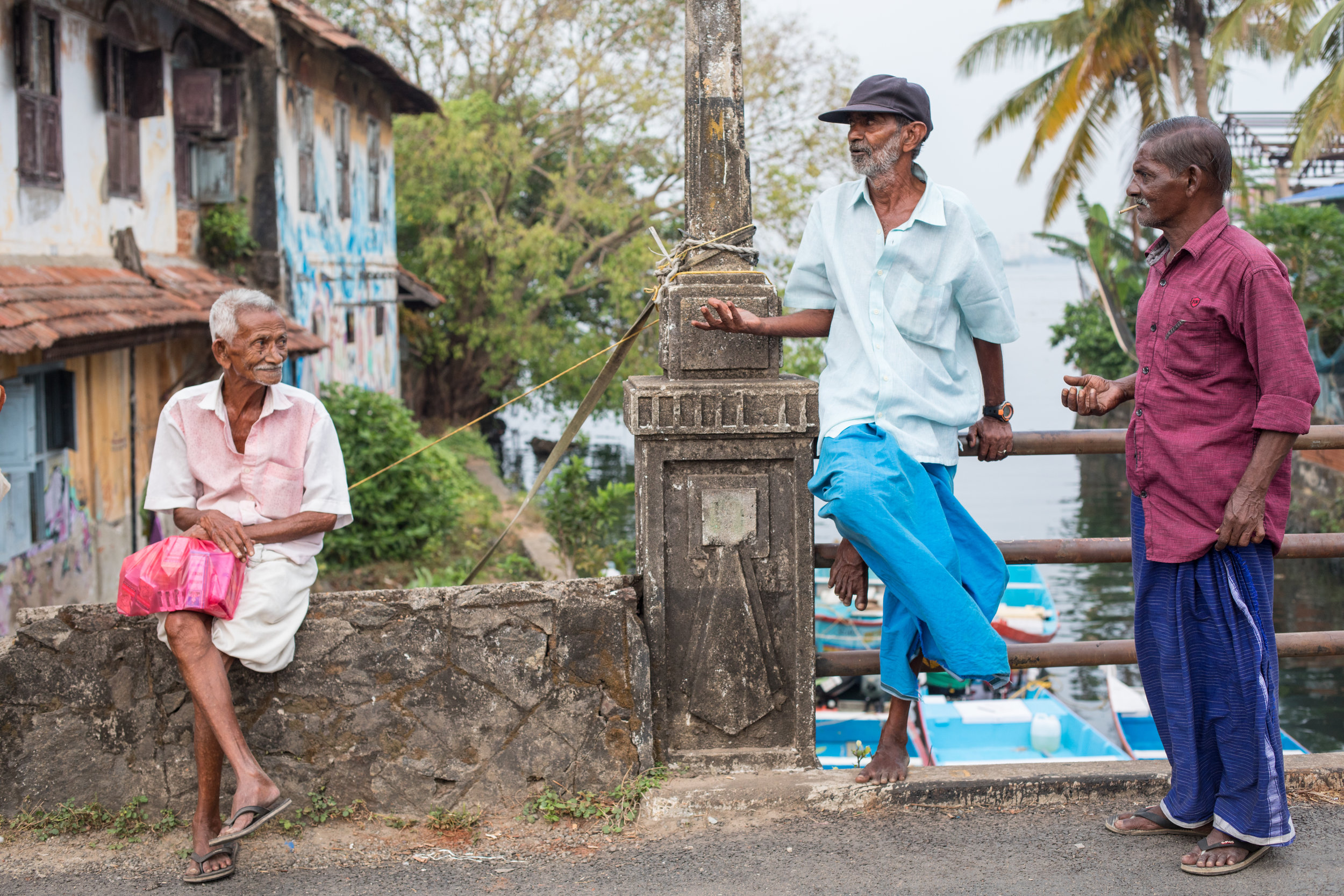
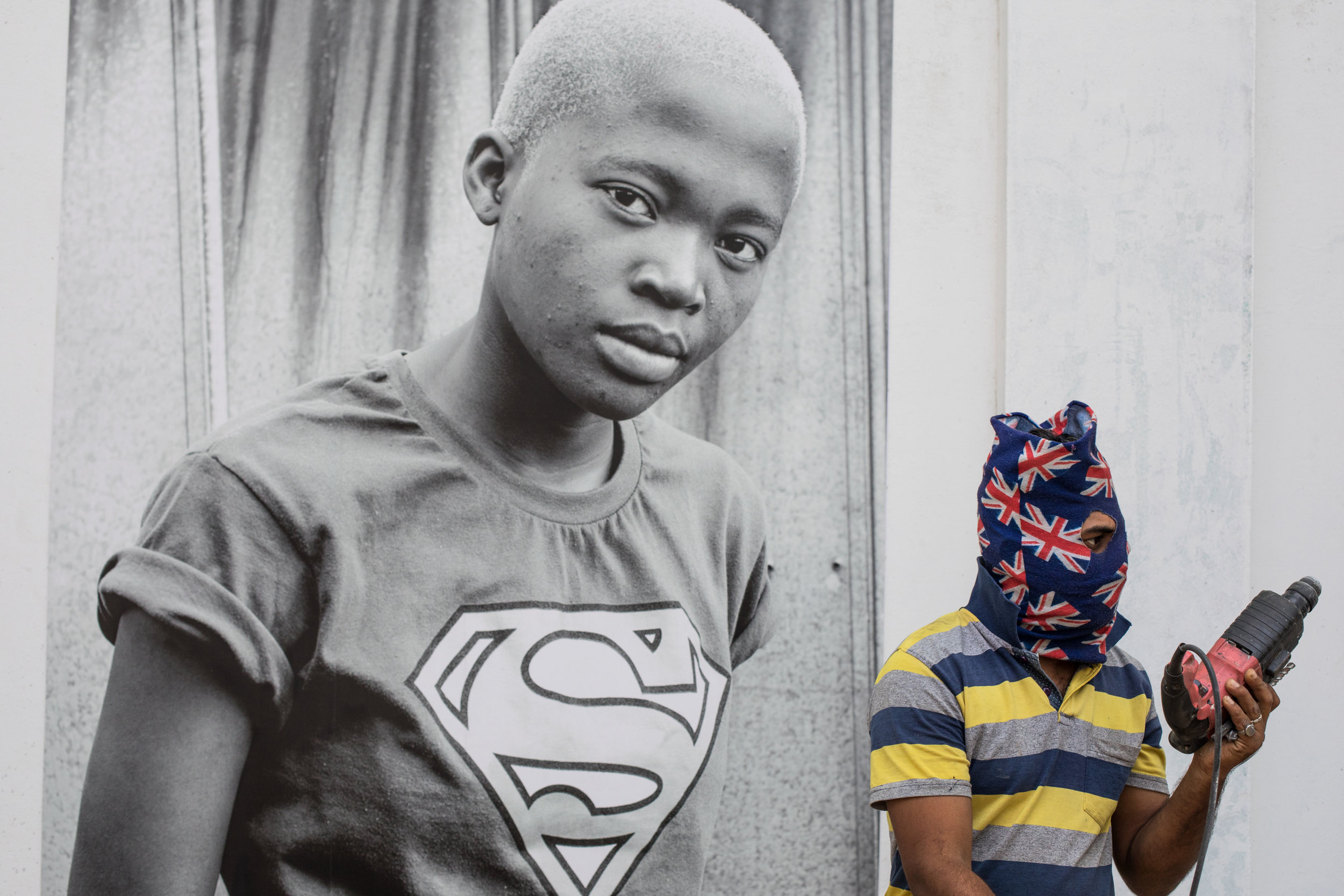
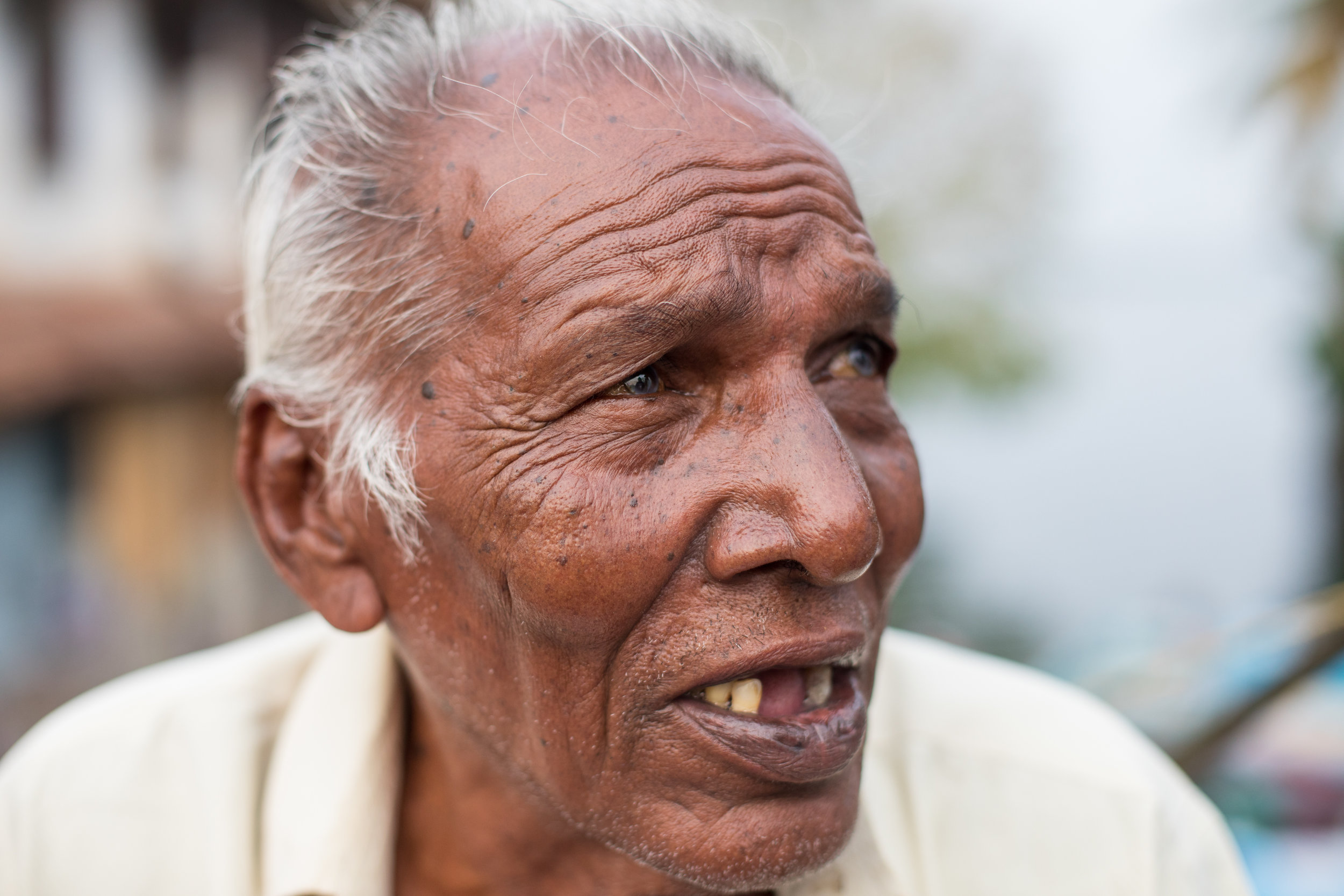

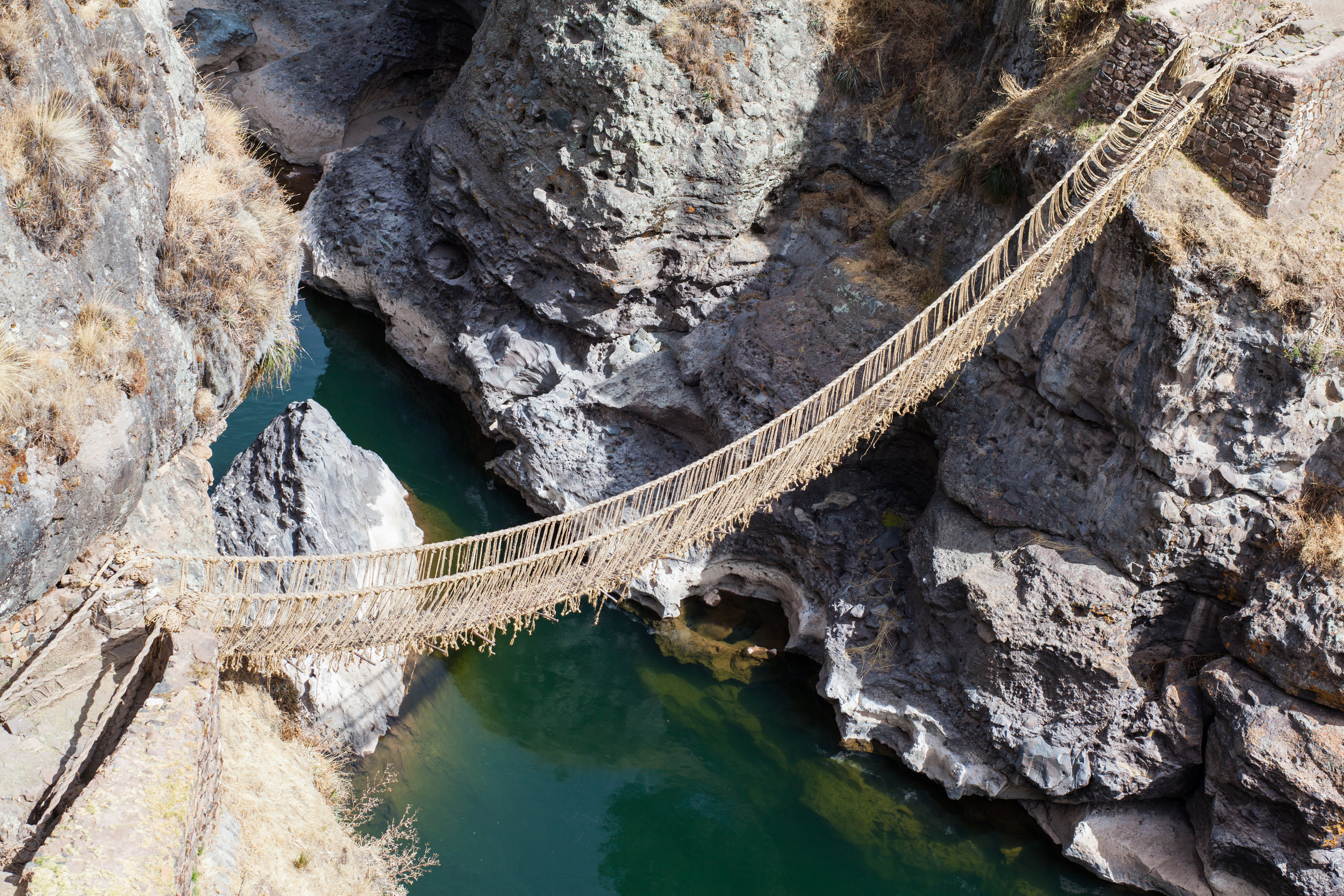
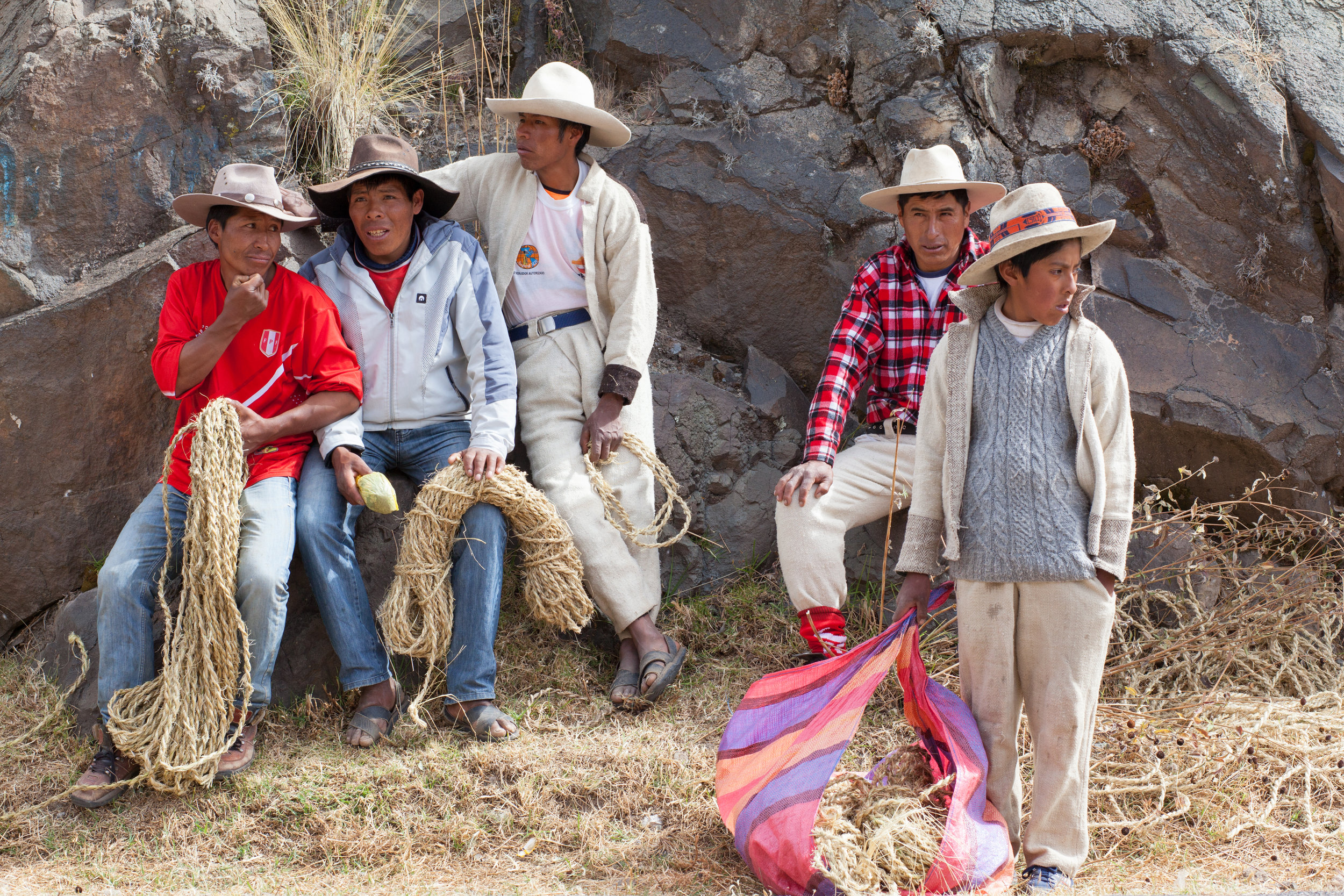
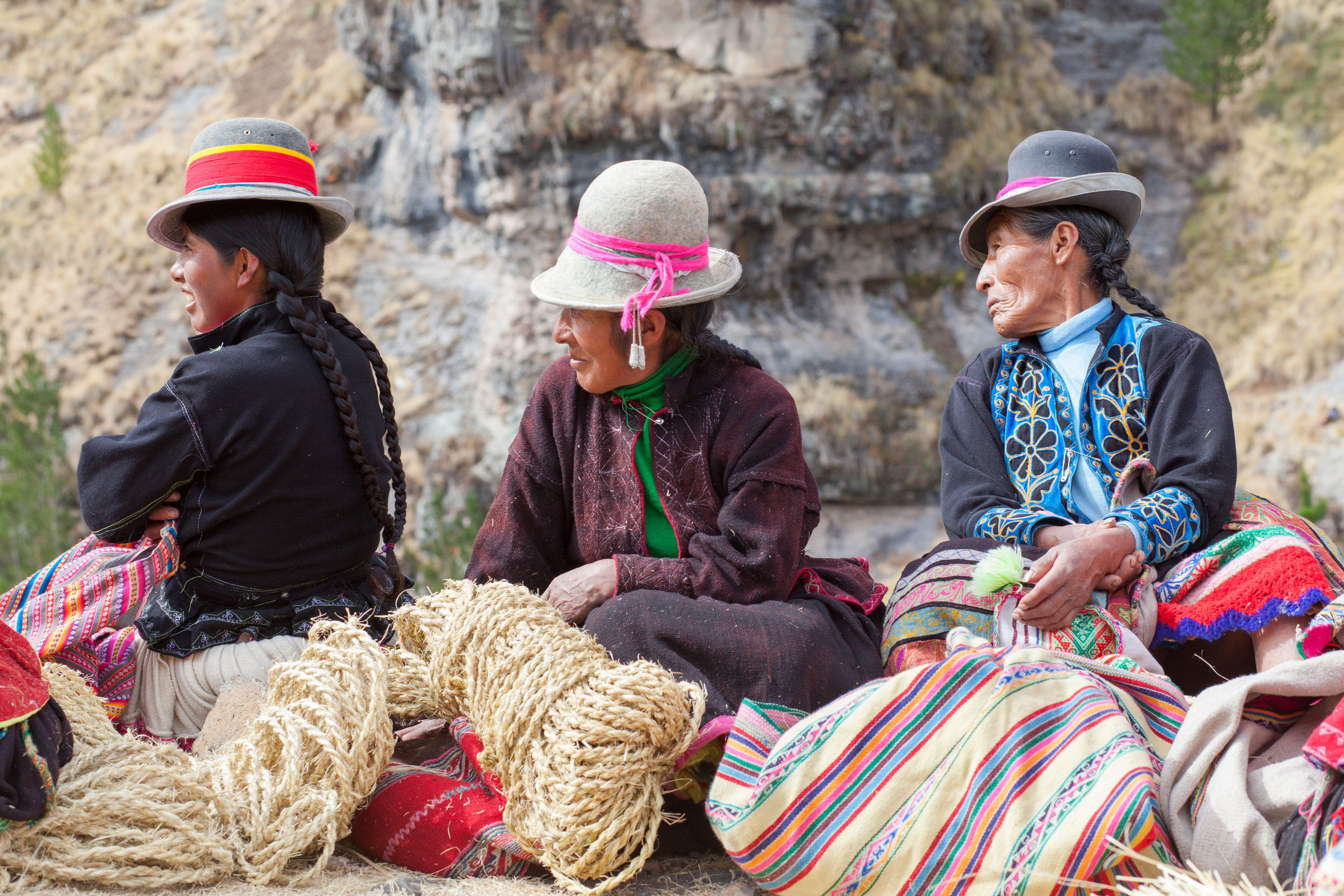

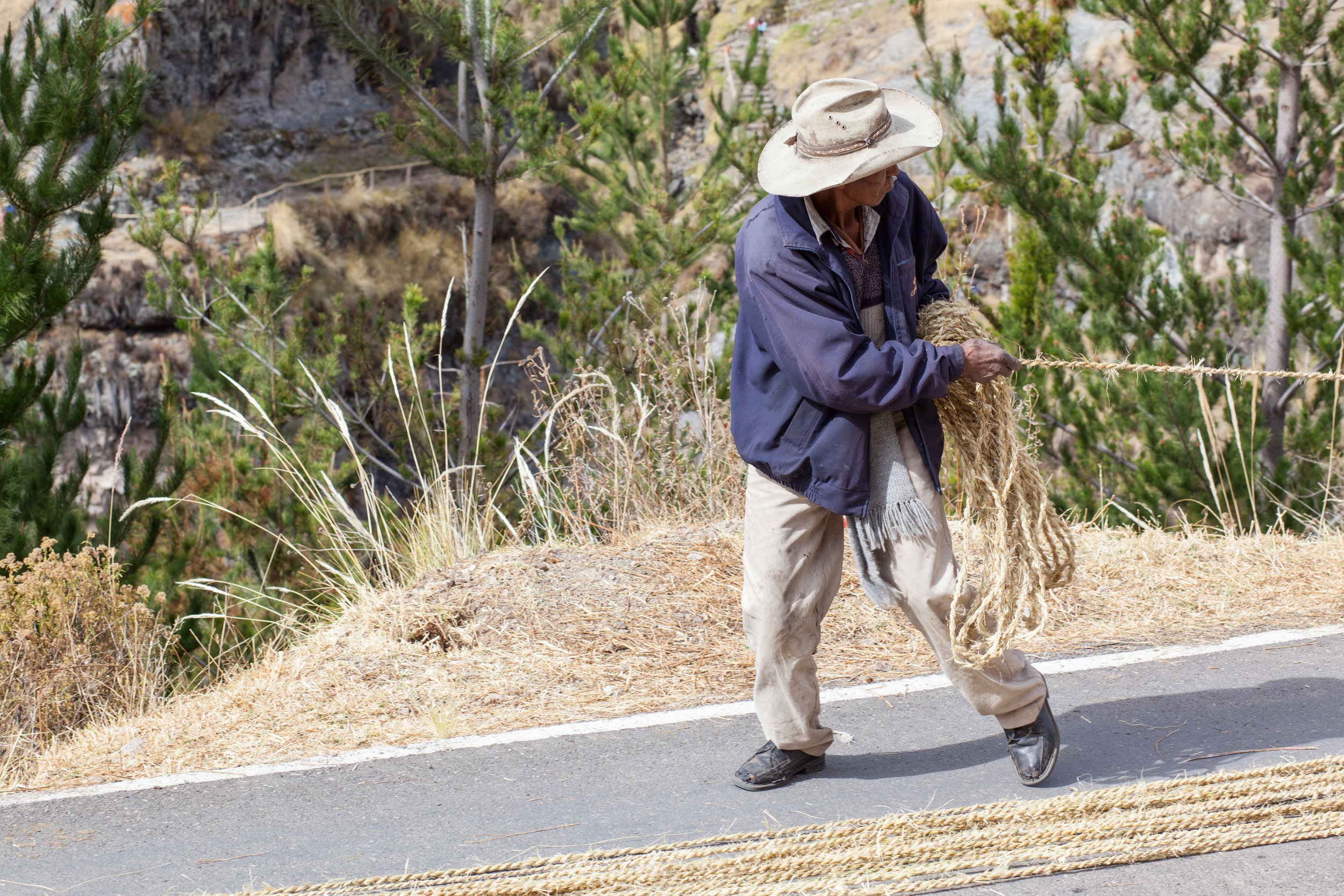
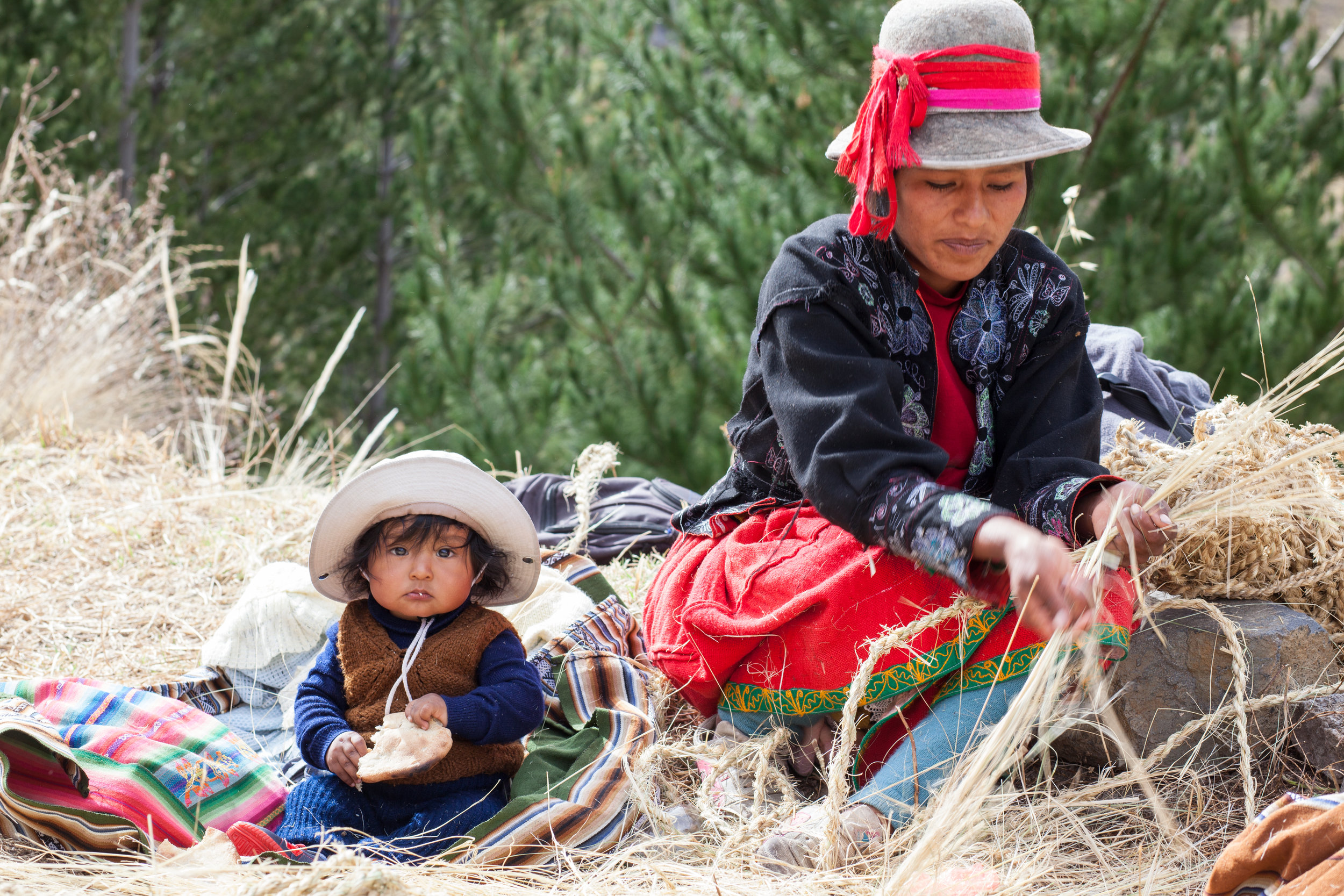

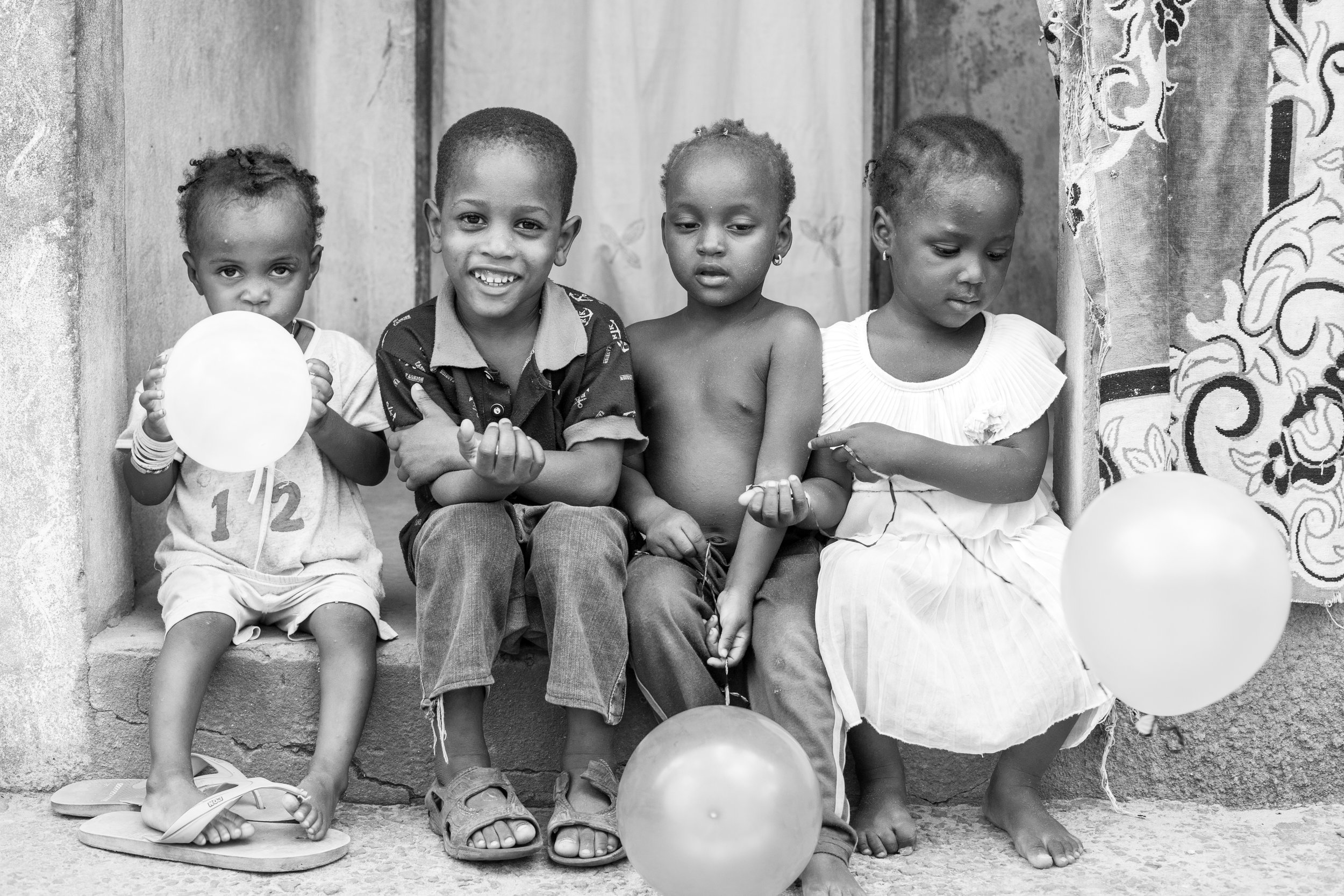


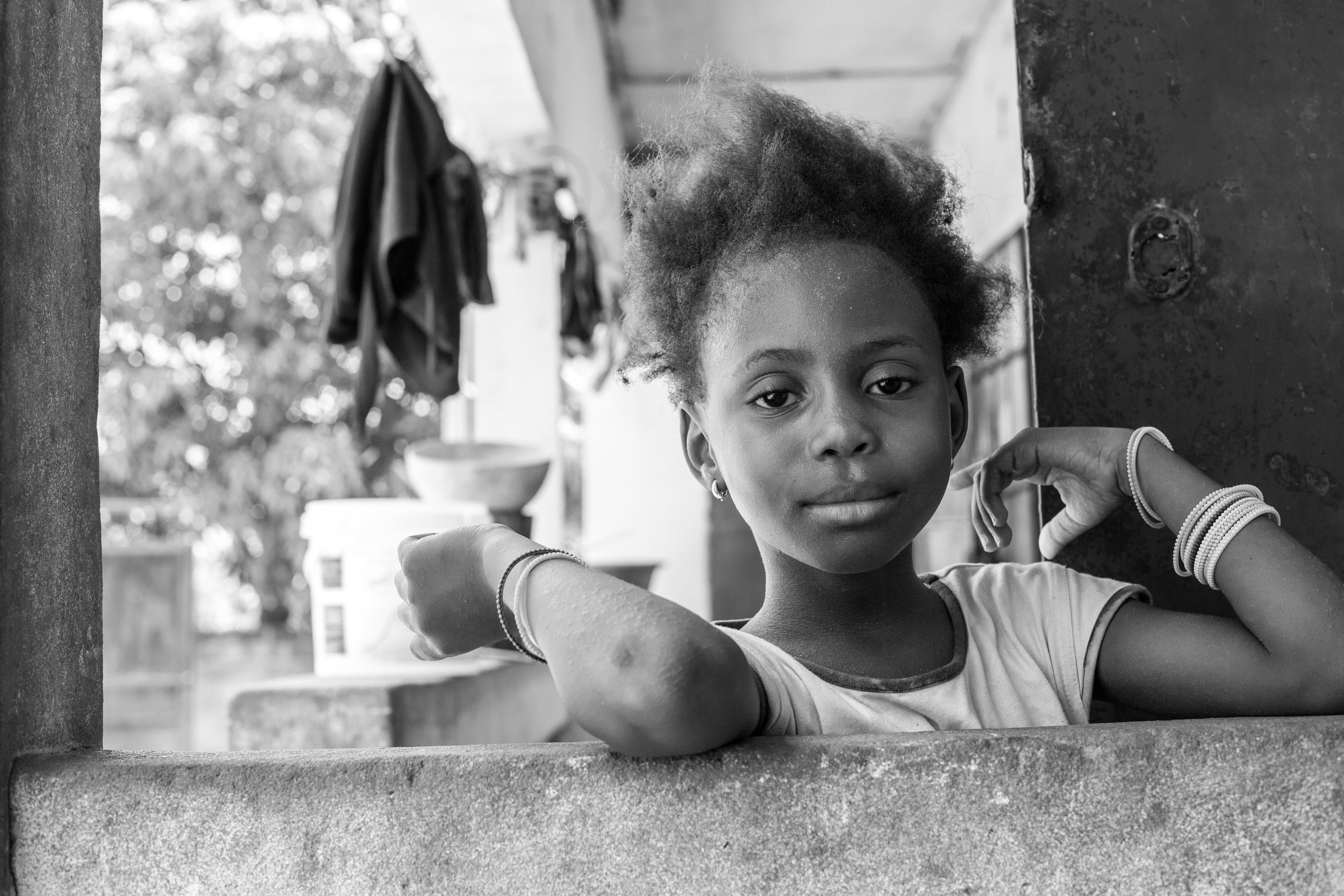
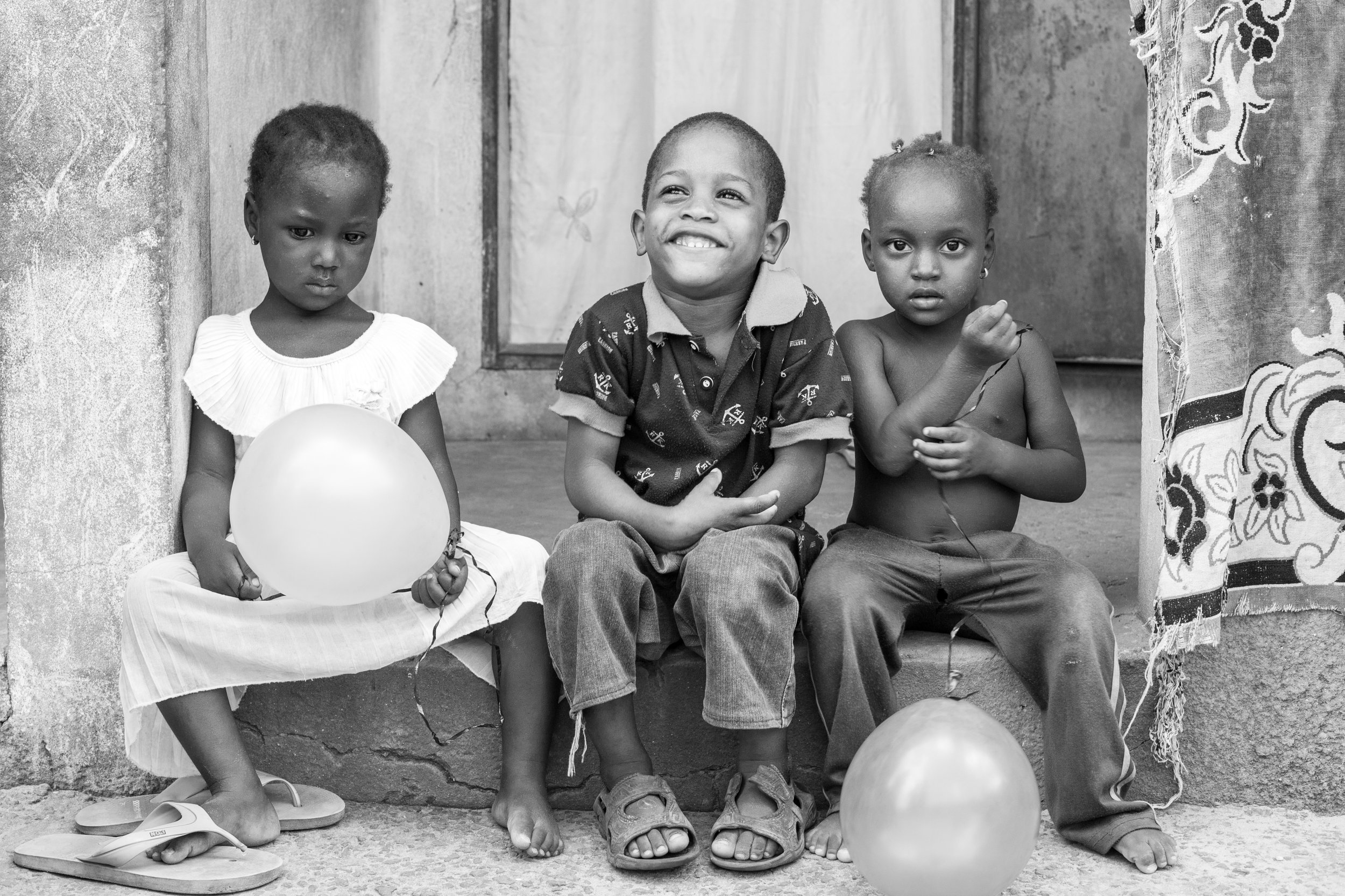







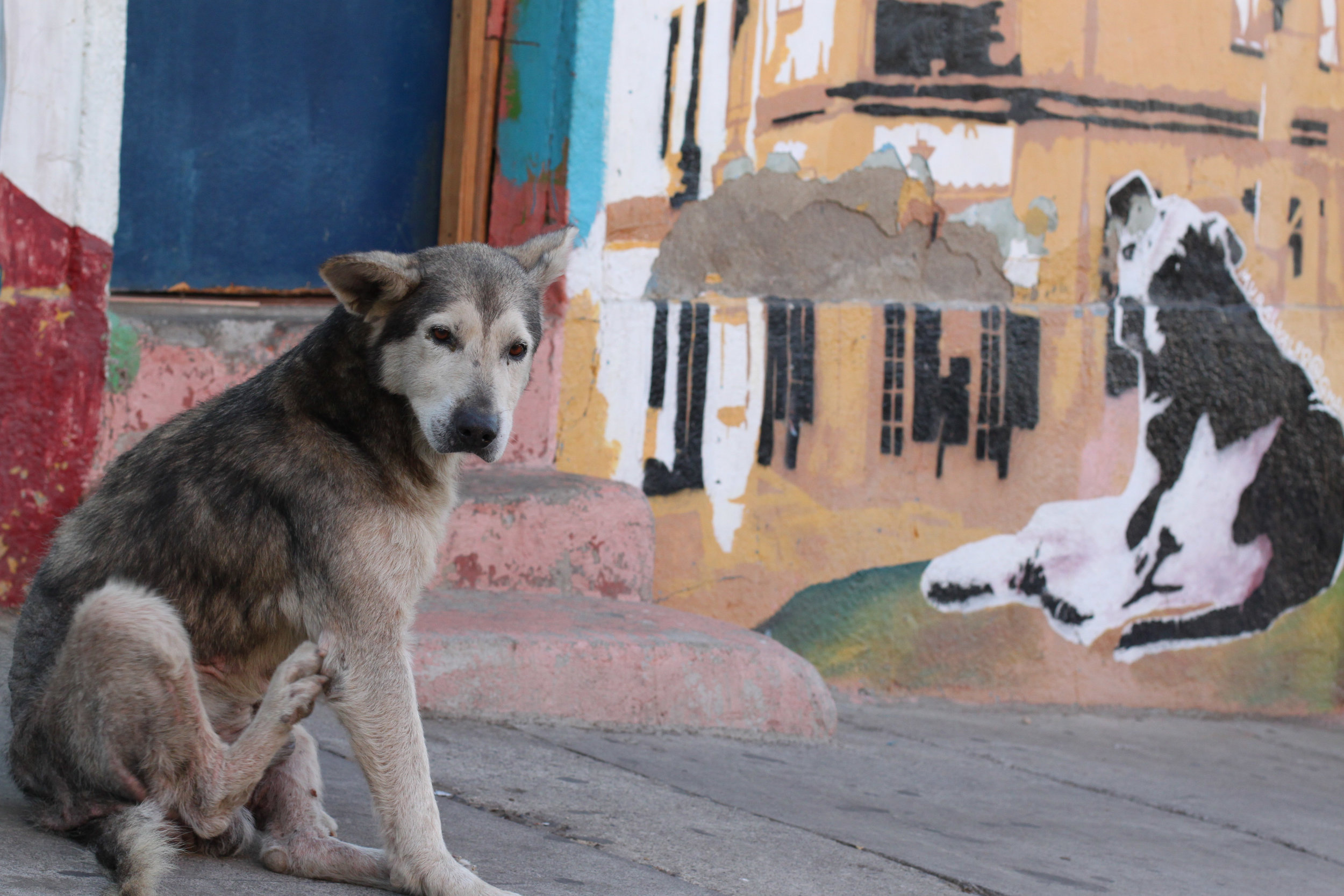

![A castell (Catalan pronunciation: [kəsˈteʎ]) is a human tower built traditionally in festivals at many locations within Catalonia](https://images.squarespace-cdn.com/content/v1/58b6c5e186e6c03c6630b232/1498036723693-CAZP1A74GE9TX5DFD5H6/image-asset.jpeg)


